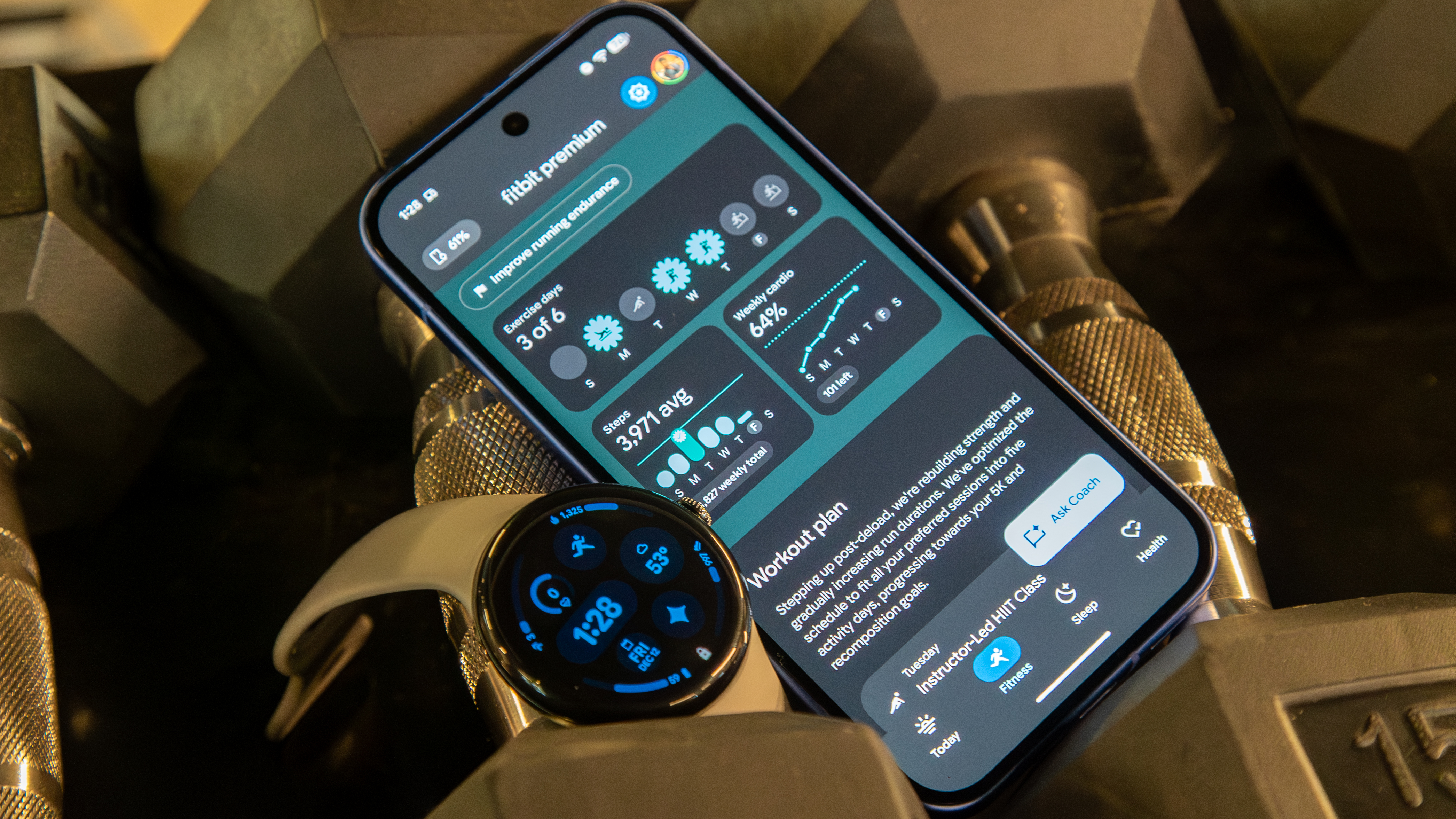Live
Google Pixel 10 launch live blog: Reviews, camera comparisons, deals, and more
The Pixel 10 drops this week, and ahead of its official release date, we share our thoughts, compare our findings with other Pixel 10 reviews, and break down the most essential 10 facts to know before you buy one!
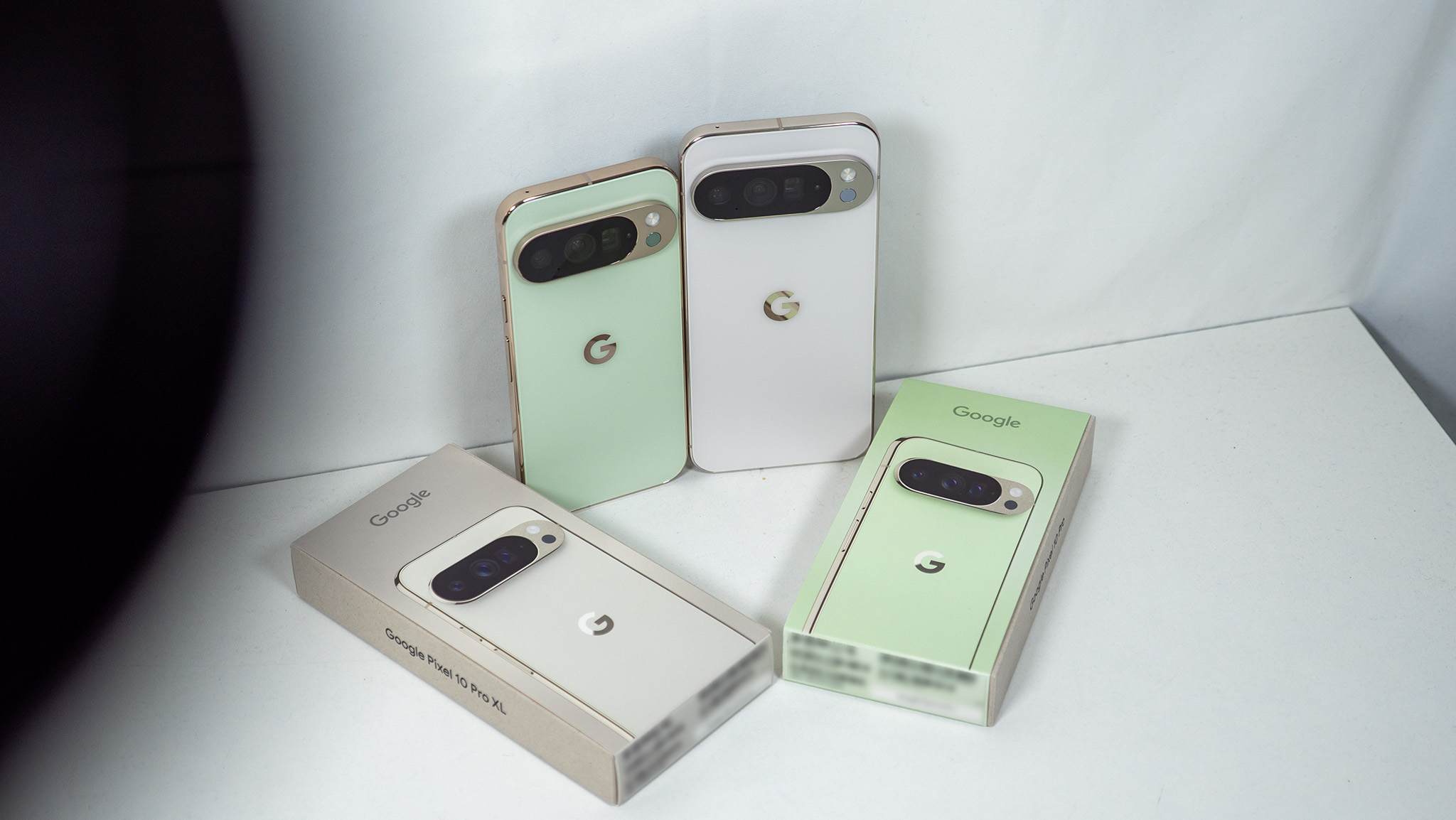
The Google Pixel 10 drops tomorrow, August 28, and we have all the info you need, from specs and its best features to how our test results compare to other sites!
Managing editor Derrek Lee reviewed the base Pixel 10, while senior content producer Nick Sutrick tested the Pixel 10 Pro and Pro XL for a comprehensive look at all three smartphones.
Follow us as we talk about the phone and react to Pixel 10 reviews rolling in from around the tech space!
Amazon: Get a free $100 gift card with Pixel 10 purchase
Preorder the Google Pixel 10 unlocked from Amazon and you'll get a free $100 gift card with your purchase, no strings attached.
- The best Google Pixel 10 preorder deals — free phones, trade-in savings, and more
- Our Google Pixel 10 review!
- Our Google Pixel 10 Pro and 10 Pro XL review!
10 key Google Pixel 10 series specs
| Header Cell - Column 0 | Price | Software | Display | Processor | RAM/storage | Rear Cameras | Battery | Connectivity | Protection | Colors |
|---|---|---|---|---|---|---|---|---|---|---|
Google Pixel 10 | Starts at $799 | Android 16 7 years of updates | 6.3-inch (1080 x 2424) pOLED, 120Hz, 3,000 nits | Tensor G5 | 12GB 128GB/256GB | 48MP wide 13MP UW 10.8MP 5x Telephoto | 4,970mAh 30W wired 15W Qi2 charging | 5G, Wi-Fi 6E, NFC, dual eSIM | IP68 Gorilla Glass Victus 2 | Indigo, Frost, Lemongrass, Obsidian |
Google Pixel 10 Pro | Starts at $999 | Android 16 7 years of updates | 6.3-inch (1280 x 2856), pOLED, 1-120Hz, 3,300 nits | Tensor G5 | 16GB 128GB/256GB/512GB/1TB | 50MP wide 48MP UW 48MP 5x Telephoto | 4,870mAh 30W wired 15W Qi2 charging | 5G, Wi-Fi 7, NFC, dual eSIM, UWB | IP68 Gorilla Glass Victus 2 | Moonstone, Jade, Porcelain, Obsidian |
Google Pixel 10 Pro XL | Starts at $1,199 | Android 16 7 years of updates | 6.8-inches (1344 x 2992) pOLED, 120Hz, 3,300 nits | Tensor G5 | 256GB/512GB/1TB | 50MP wide 48MP UW 48MP 5x Telephoto | 5,200mAh 45W wired 25W Qi2 charging | 5G, Wi-Fi 7, NFC, dual eSIM, UWB | IP68 Gorilla Glass Victus 2 | Moonstone, Jade, Porcelain, Obsidian |
LIVE: Latest Updates
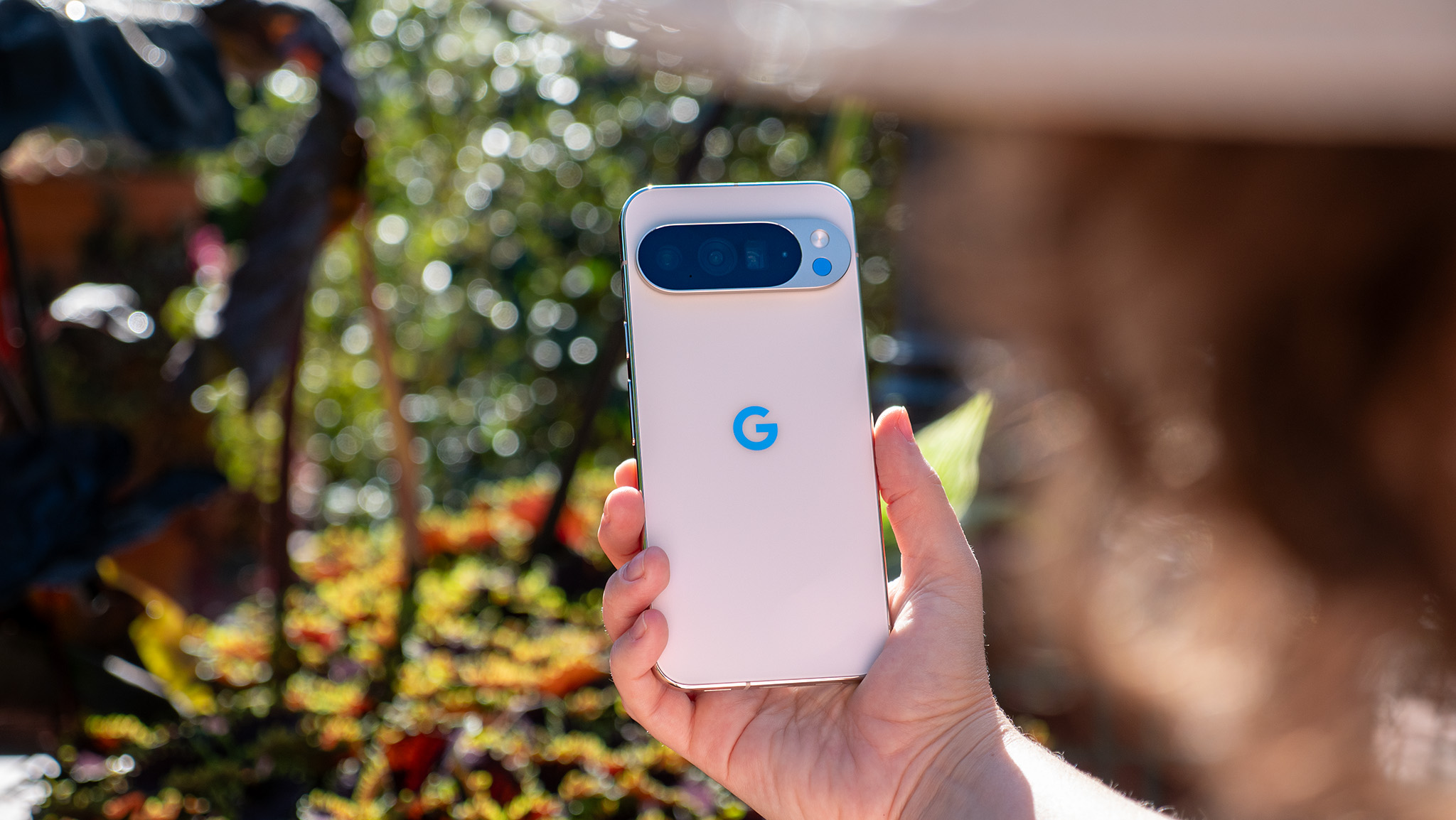
The Pixel 10 series is here, and right before the phones hit stores, we're excited to share our thoughts about Google's latest AI phones.
The phones may look a lot like the Pixel 9 series, but there are a lot of notable upgrades under the hood and plenty of new software features, which our reviewers got to test out. From bigger batteries to exciting new colors and proactive AI features, there's a lot to like about the Pixel 10 series.
Check out our Pixel 10 review, written by Android Central managing editor Derrek Lee, and our Pixel 10 Pro/Pro XL review, written by our senior content producer Nick Sutrich. But don't just take our word for it... We'll check out what other reviewers had to say about these phones!
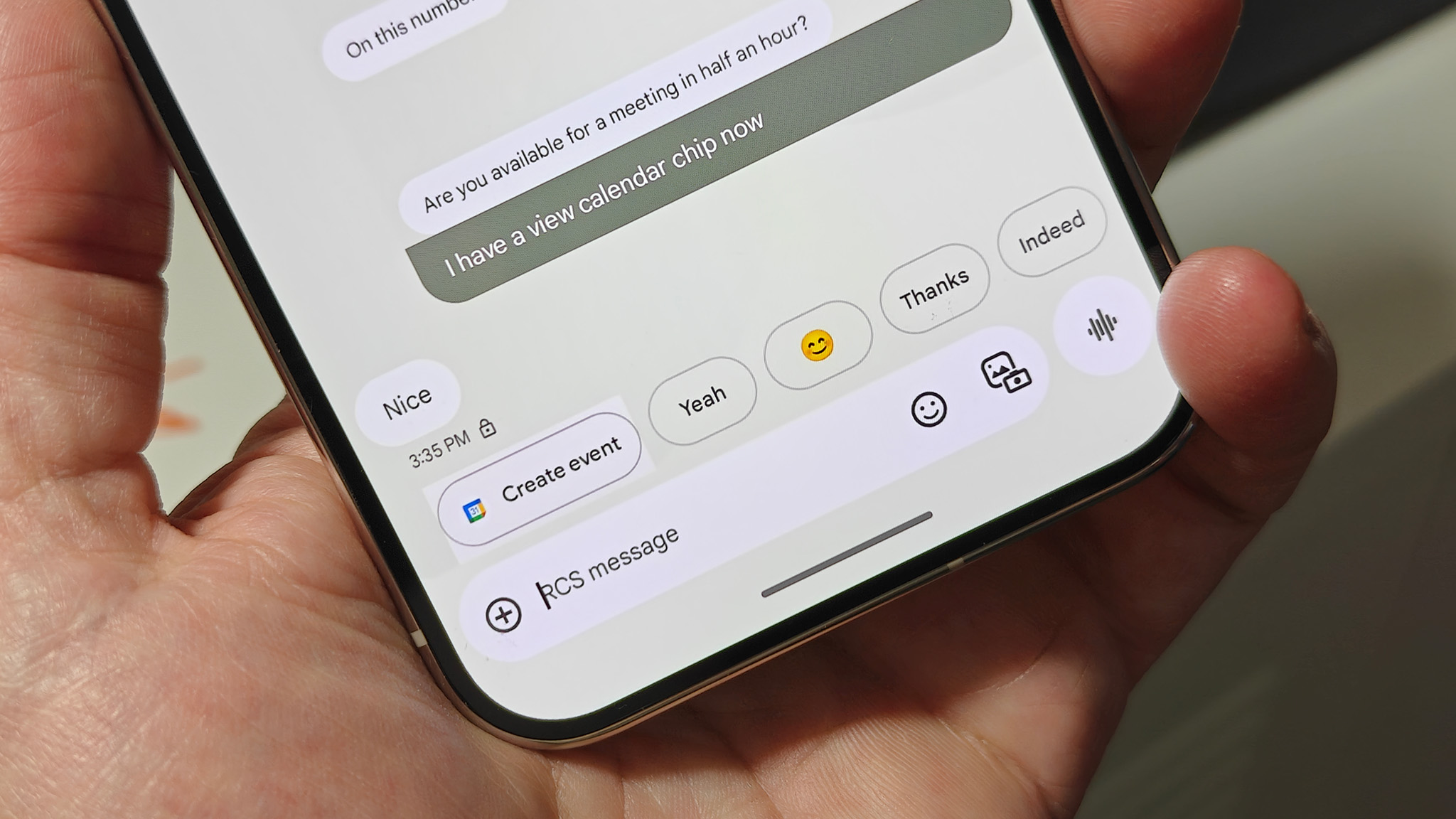
Magic Cue is one of the coolest new features on the Pixel 10 series, but it had a bit of a rough start in the review process. Both Derrek and I didn't have the feature for the first few days, and it looks like Tom Pritchard from Toms Guide had the same issue. But while our Magic Cue spun up quite nicely and was making suggested actions appear all over the place, Pritchard didn't have the same experience.
This makes us wonder what people are going to see on their retail units when they collect them tomorrow. Will Magic Cue start working as expected after the 24-hour processing window Google warns about when enabling it, or is this a feature Google will need to iron out for the next few weeks and months?
Magic Cue should be grabbing information from all kinds of sources and privately disseminating it in appropriate apps, something that certainly feels great when it works, but is frustrating when it doesn't appear, yet you expect it to!
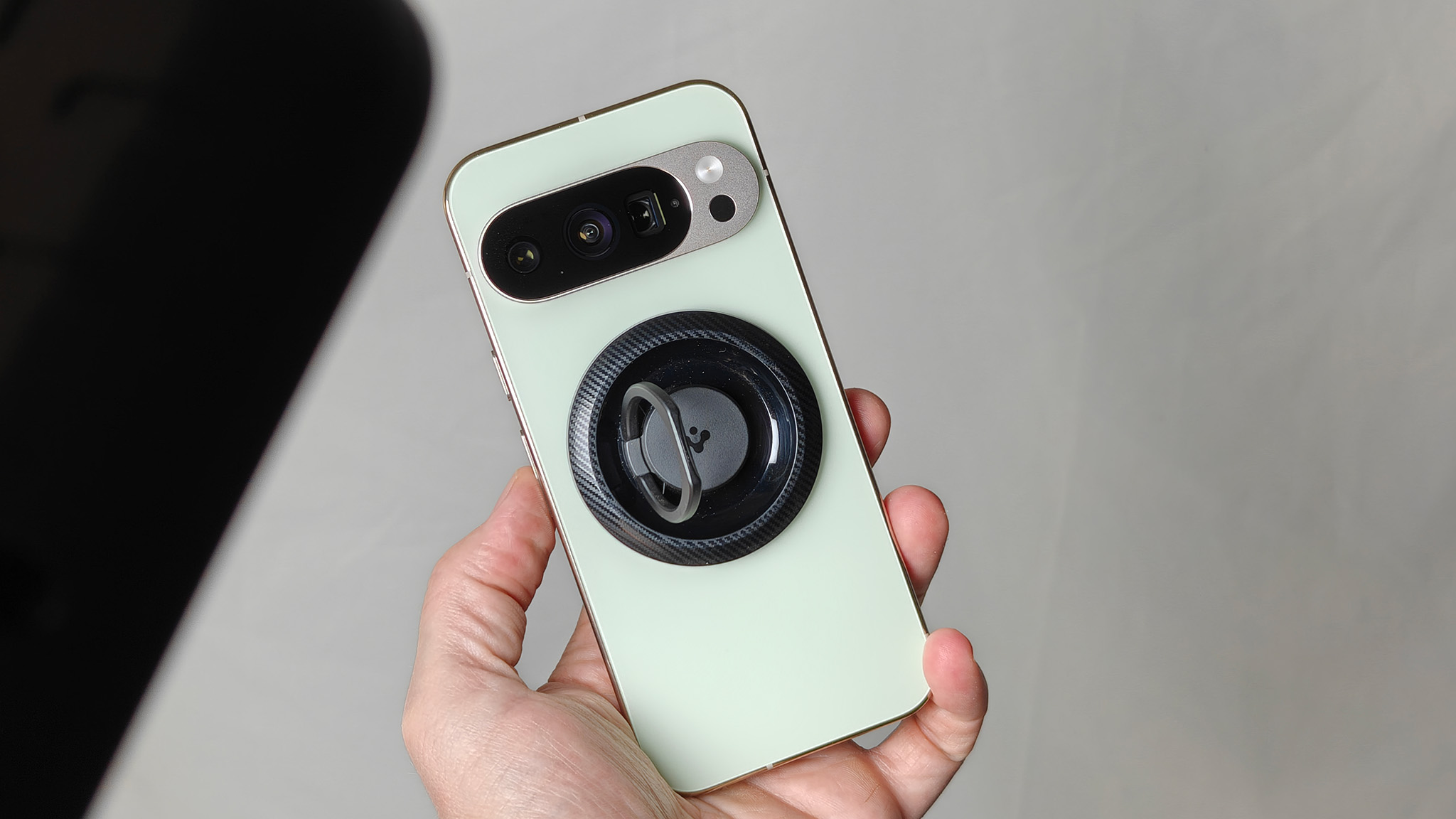
The Pixel 10 series might look basically identical to the Pixel 9, but there's something important hiding underneath: Pixelsnap. This new magnetic technology is a first for a major Android phone, packing in MagSafe-compatible magnets and Qi2 charging capability.
Tech Advisor's Alex Walker-Todd said in his review that "Pixelsnap might quietly be one of the Pixel 10 Pro’s most meaningful hardware upgrades." I couldn't agree more, and it's about time a major Android manufacturer got on board with magnets inside of a phone. I'm a person who doesn't enjoy using cases and usually kept a case in my car just so I could use the magnetic phone mount I've got on my dash. Now I don't need that!
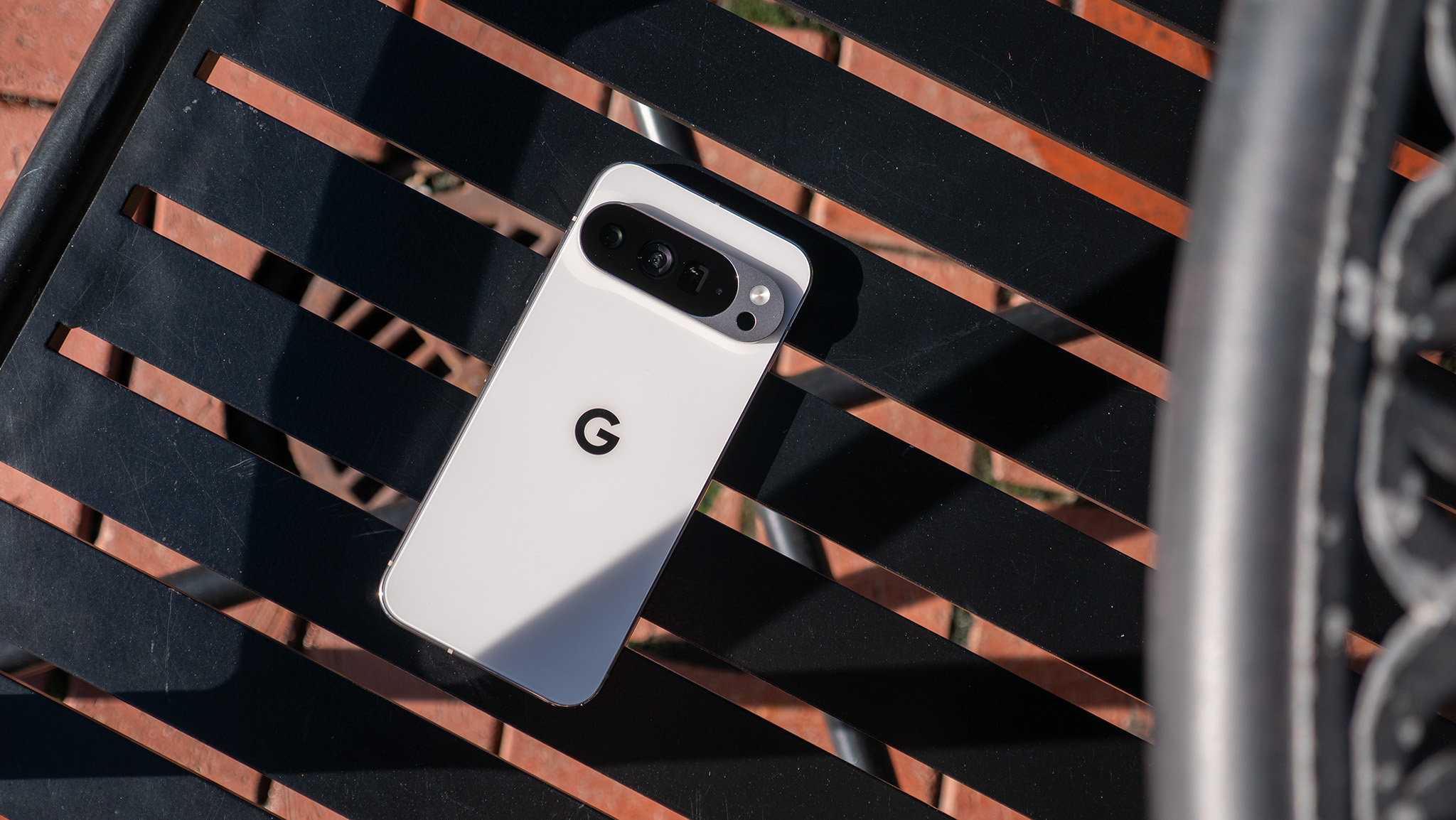
While I've enjoyed my time with the Pixel 10 Pro series and will continue to use it for the next few weeks, I'm looking forward to going back to my OnePlus 13 when all is said and done. But not TechRadar's Philip Berne, who said in his review that the "Pixel 10 Pro XL will be my primary device this year, for sure."
Berne says the primary reason for this is that the "Pixel 10 Pro XL is polished and well-built, with a refined look and gorgeous materials and color combinations." I agree that it's well-built, but I think Google could do a lot more to make the phone look more unique than an iPhone with a camera bar on the back — which is what it looks like right now, let's not kid ourselves.
Regardless, Berne thinks "it’s a much nicer-looking phone than the latest iPhone 16 Pro Max, and it delivers on a number of features Apple hasn’t been able to match." That second part is mostly indisputable, as Apple Intelligence was a cluster of a rollout for Apple and Google nailed most of the new AI-based features in the Pixel 10 series out of the box.
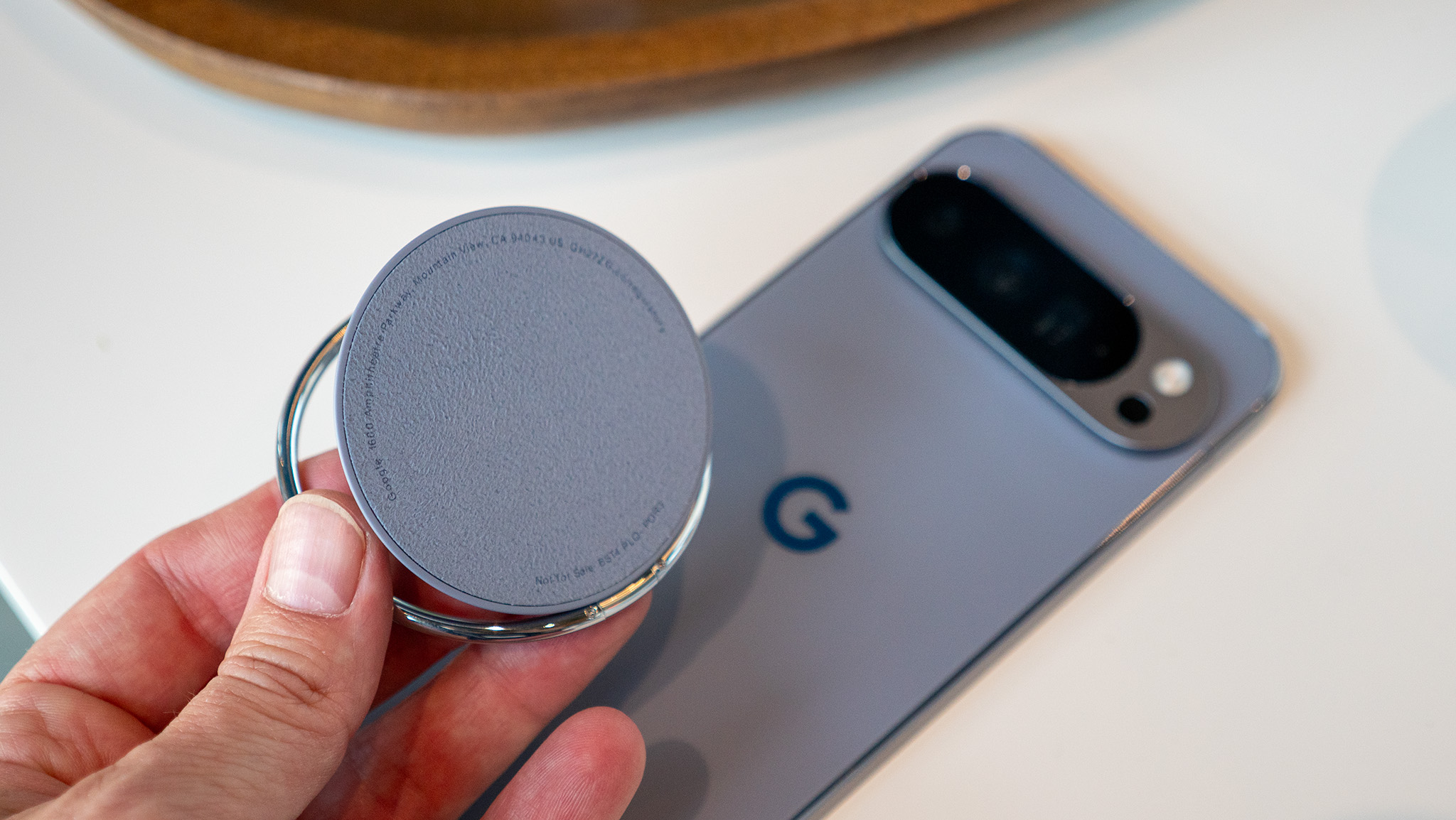
One of the only downsides to Google adding Pixelsnap magnets inside the Pixel 10 series is that reverse wireless charging had to be sacrificed. This option was also known as Battery Share and could wirelessly charge devices like headphones or even other phones at a slow rate. It was an emergency power bank, in other words.
But as Engadget's Sam Rutherford says, "the Pixel 10 family no longer supports reverse wireless powersharing (aka Battery Share)." I can't say I miss the feature as I've never once used it in all my years of reviewing Android phones, but Rutherford laments the missing feature by noting that "every now and then I would find myself with a gadget that needed some juice, and even if it was slow, it was really nice to be able to bestow some excess energy upon a device without a cable."
Just goes to show you that even the "niche" features considered for the chopping block have their fans. As for me, I'm just glad Pixelsnap lets me use magnetic accessories without a case on my phone.
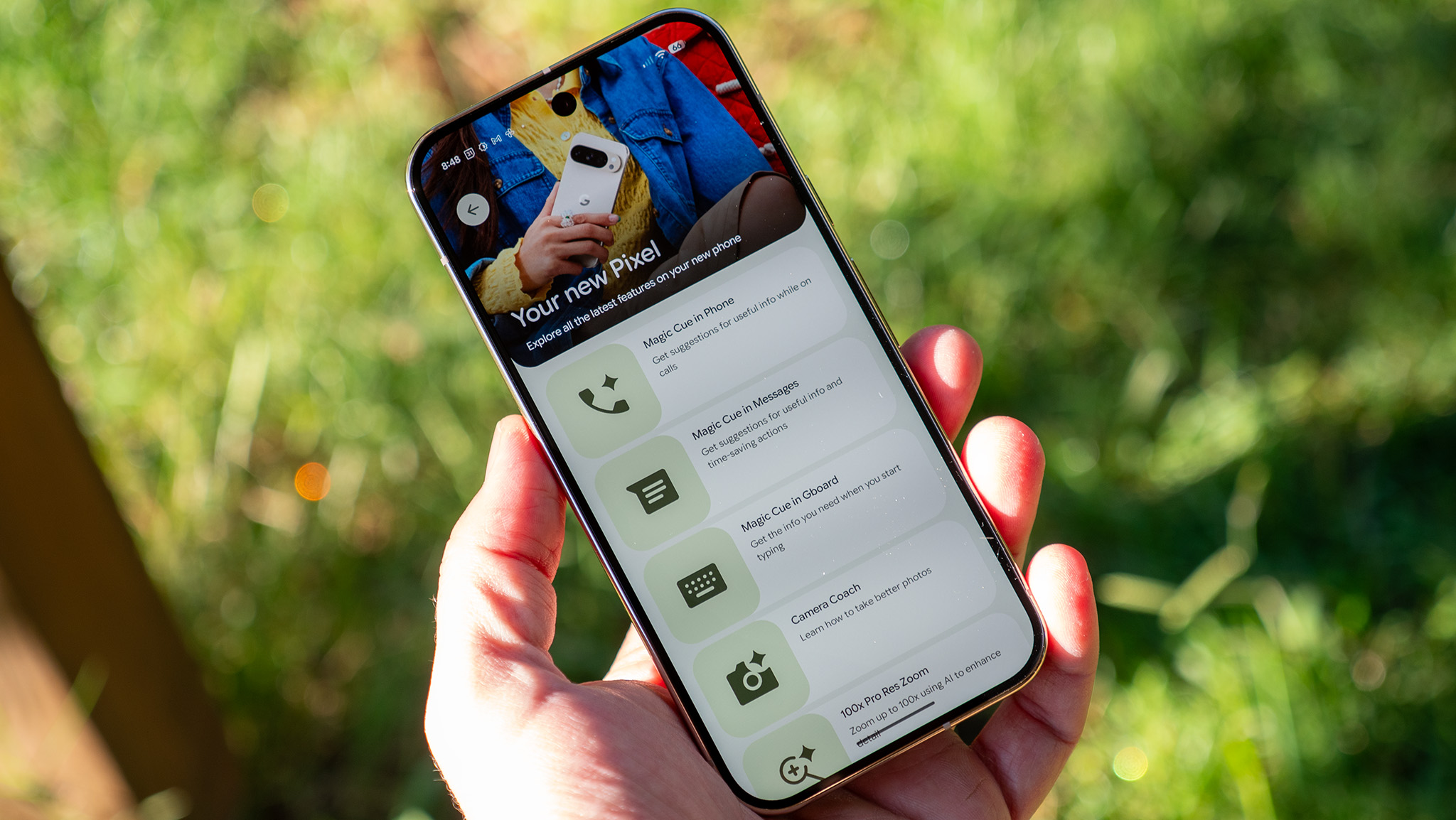
One of the best reasons to choose a Pixel is for security and privacy. Privacy might sound a bit like an oxymoron when placed next to Google, but Pixels were built for privacy-first, and the Pixel 10 series furthers that goal with huge improvements to AI processing.
The Verge's Allison Johnson mentioned this in her review as one of the highlights of the new phones. "Magic Cue, for example, runs in the background on device. A camera feature...runs a diffusion model on device. Same with the phone call translator that mimics the sound of your voice. It’s more than just an impressive list; running these entirely on the phone means your data is much more private than if it had taken a trip to the cloud."
That's a huge deal in a world where most companies try to sell you big AI features but often asterisk them with "internet connectivity needed" for it to work. Pixel's approach not only ensures you never need a subscription to get the phone's best AI features, but that your data doesn't leave your phone to get them. Check out Pixel Camera Coach to see one great example of this.
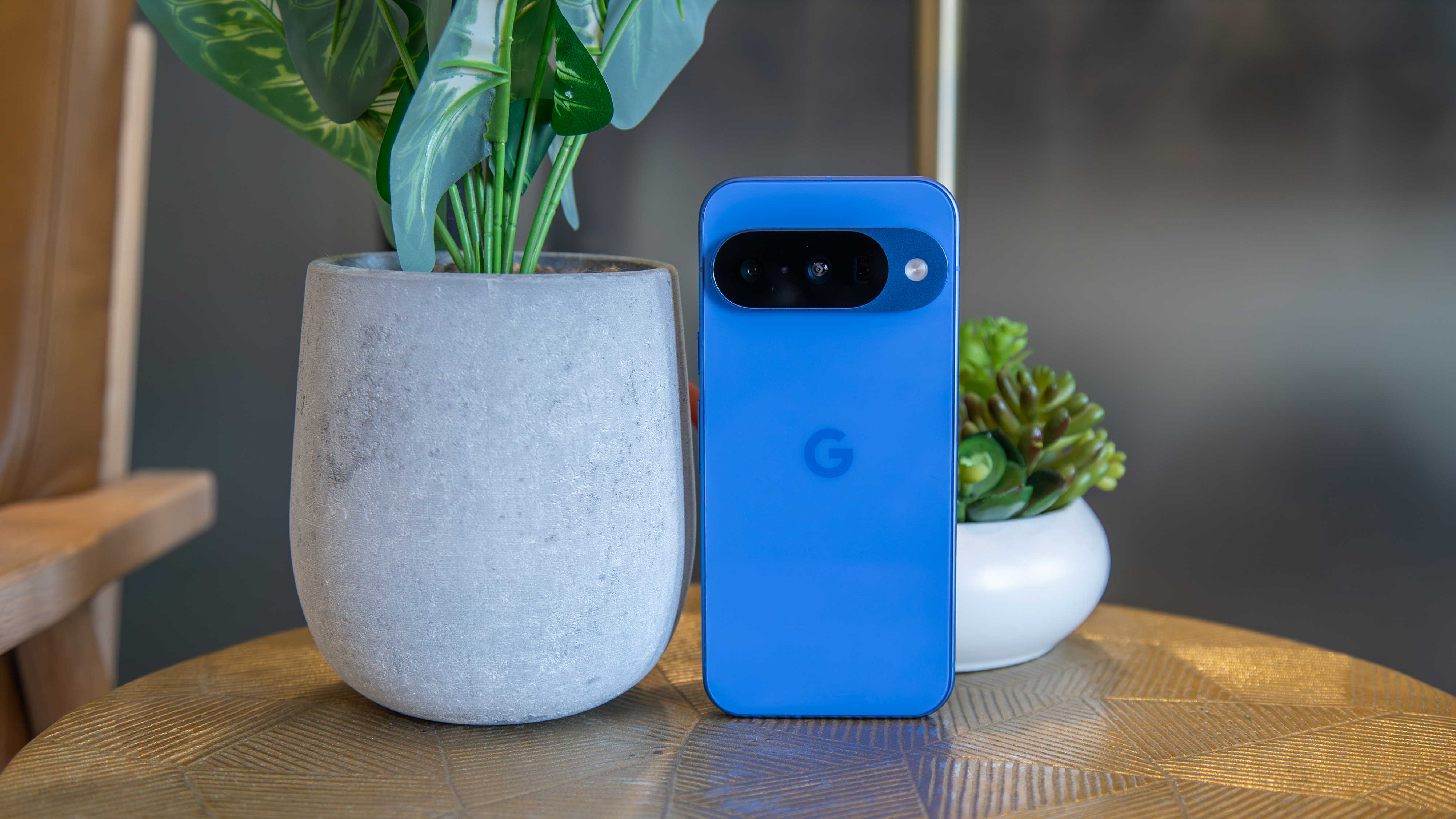
Listen, how can you not love the blue Google used for the Pixel 10? They've got other colors but I don't care about any of them when this color is around! If anyone remembers, the original Google Pixel shipped in this color, and Google told us the Indigo colorway for the Pixel 10 is a purposeful throwback to that phone.
Android Central Managing Editor Derrek Lee said in our Pixel 10 review that "the iconic camera bar and vibrant Indigo color help this phone stand out, and anyone even vaguely familiar with Pixel phones would recognize this as one." And thanks to Pixelsnap, you don't have to cover it up with a case just to get MagSafe compatibility or Qi2 wireless charging!
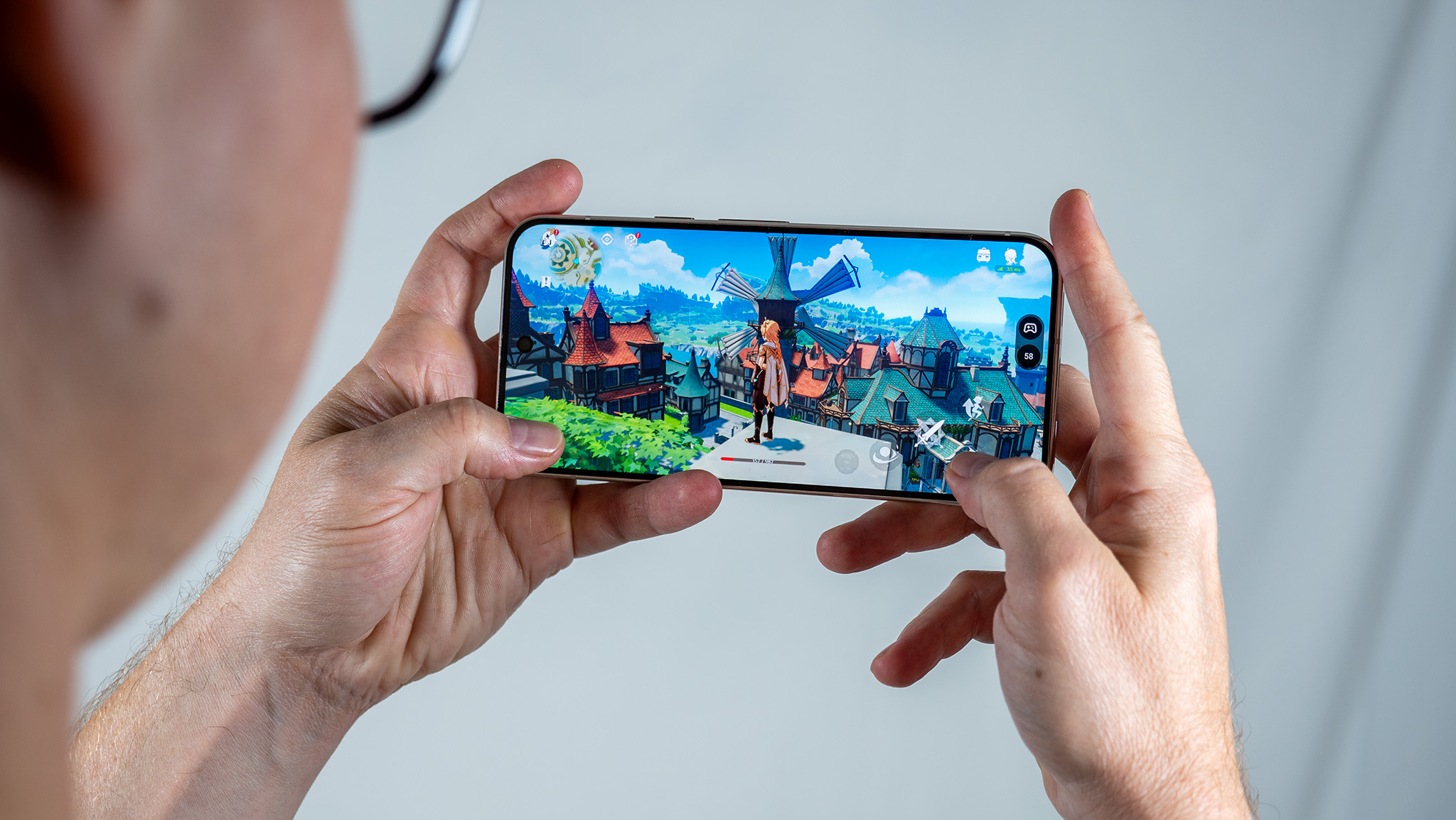
It's well known that Tensor isn't a "powerhouse" processor that can compete with Qualcomm Snapdragon or MediaTek processors on most levels, but Google has never been shy about its ambitions. Tensor is all about AI processing, and that's one of the things that makes the Pixel 10 series special.
One of those magical things is Voice Translate, a new feature that builds upon previous text translation features. This time, Tensor can real-time translate your voice into another language while on a call, something the person on the other end will no doubt appreciate if they don't speak your native language very well (or at all).
Derrek Lee noted in our Pixel 10 review that "Voice Translate continues to impress me, allowing others to hear my actual voice speaking another language while I'm actually speaking English. I previously tried a similar feature on a Samsung phone, but it was awkward and used a preloaded voice. Furthermore, Google's implementation is processed on-device, which is excellent for privacy."





You might not have heard yet, but the base Pixel 10 (that's the non-Pro model) has a telephoto for the first time in Pixel history. But it's not just any old telephoto camera, it's one behind a 5x zoom lens. That ensures that you can zoom in quite a bit and still get excellent quality.
As Derrek said in our Pixel 10 review, the Pixel 10 "gains a 5x telephoto camera, which feels significantly more capable than the zoom sensors on competing phones, such as the Galaxy S25." That last part is one of the best reasons to choose a Pixel 10 over a Galaxy S25, and with Pixel's excellent camera software, you won't have to worry about getting good quality photos when you want them.
Check out the camera samples above taken with a Pixel 10.
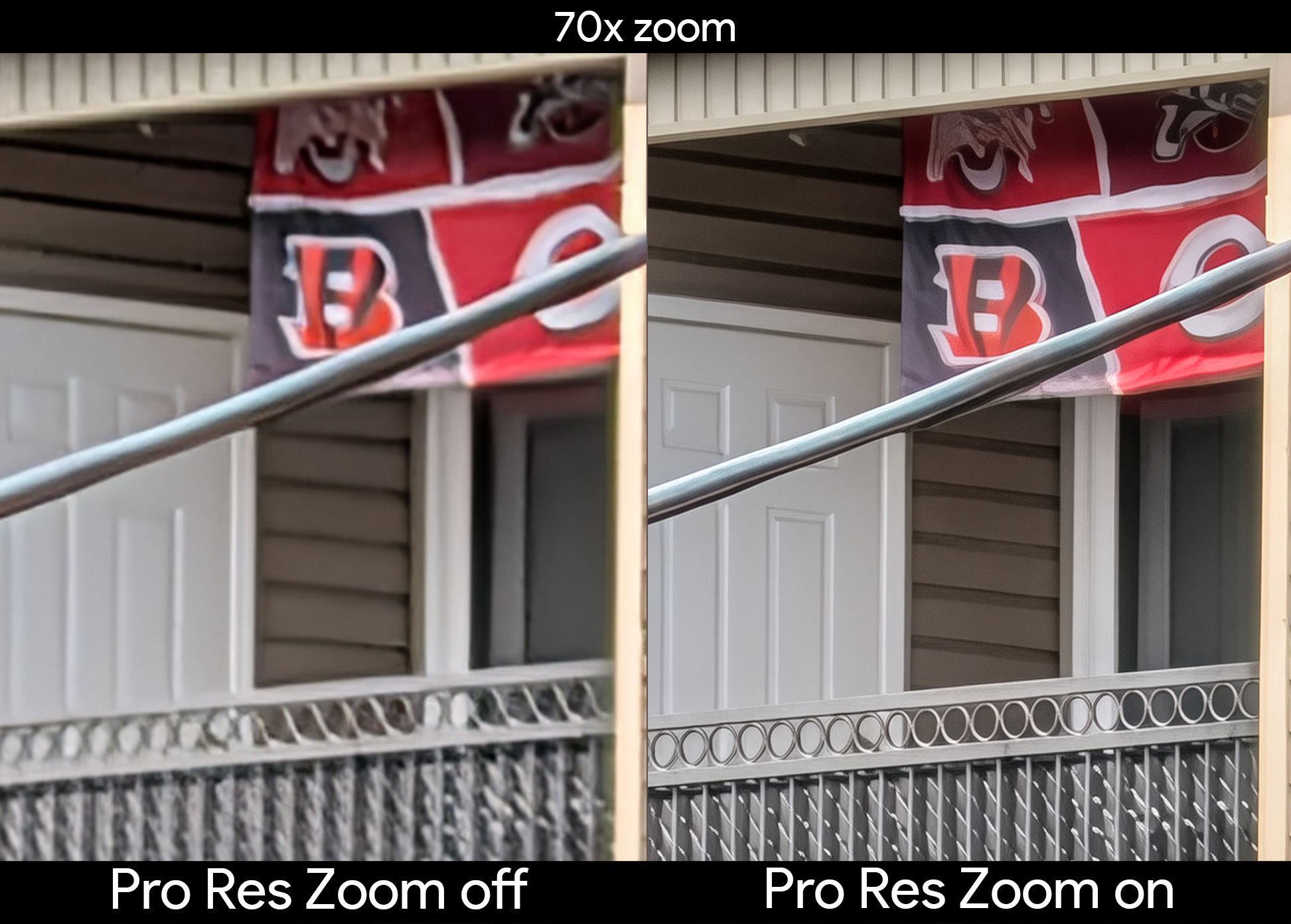

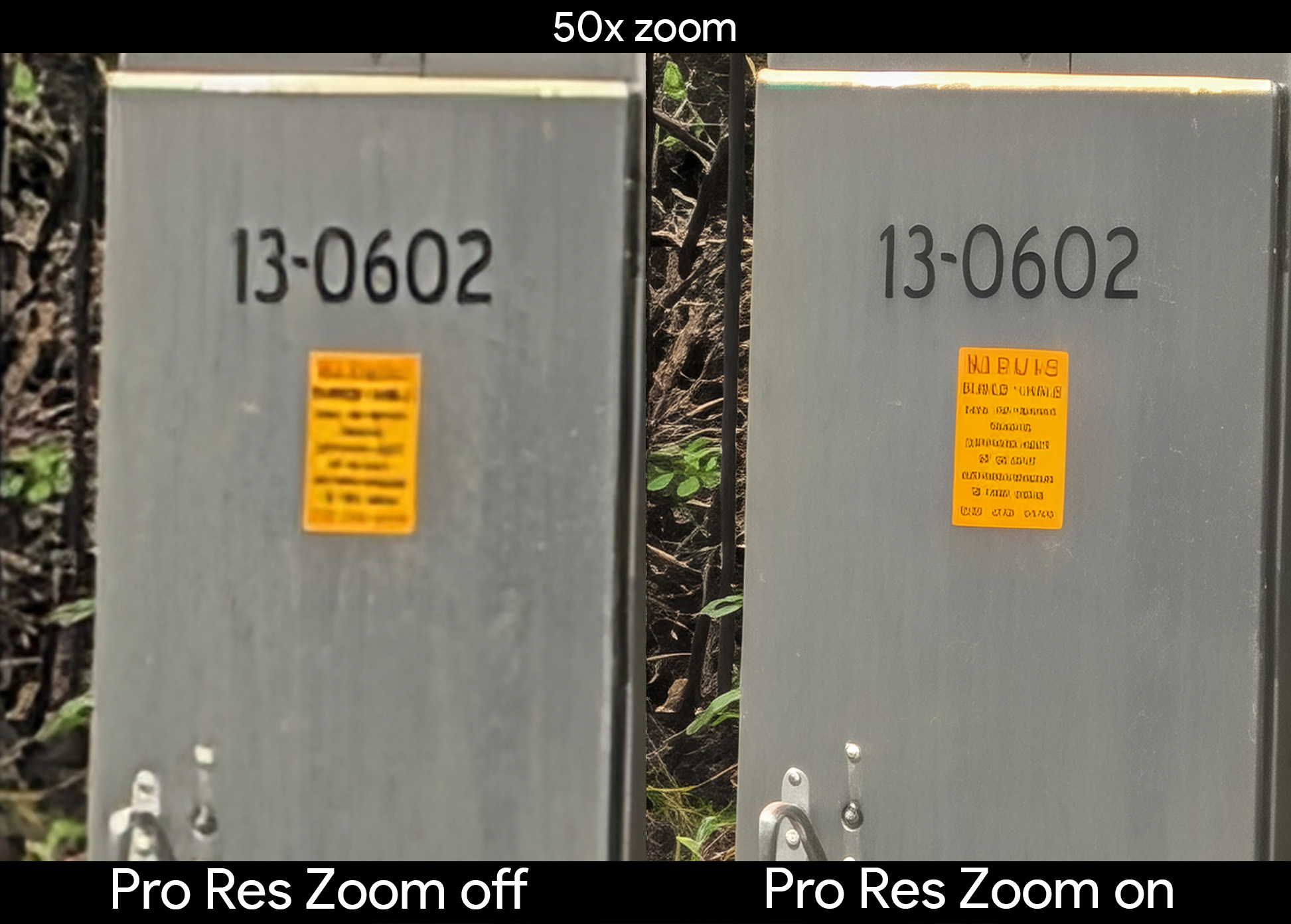
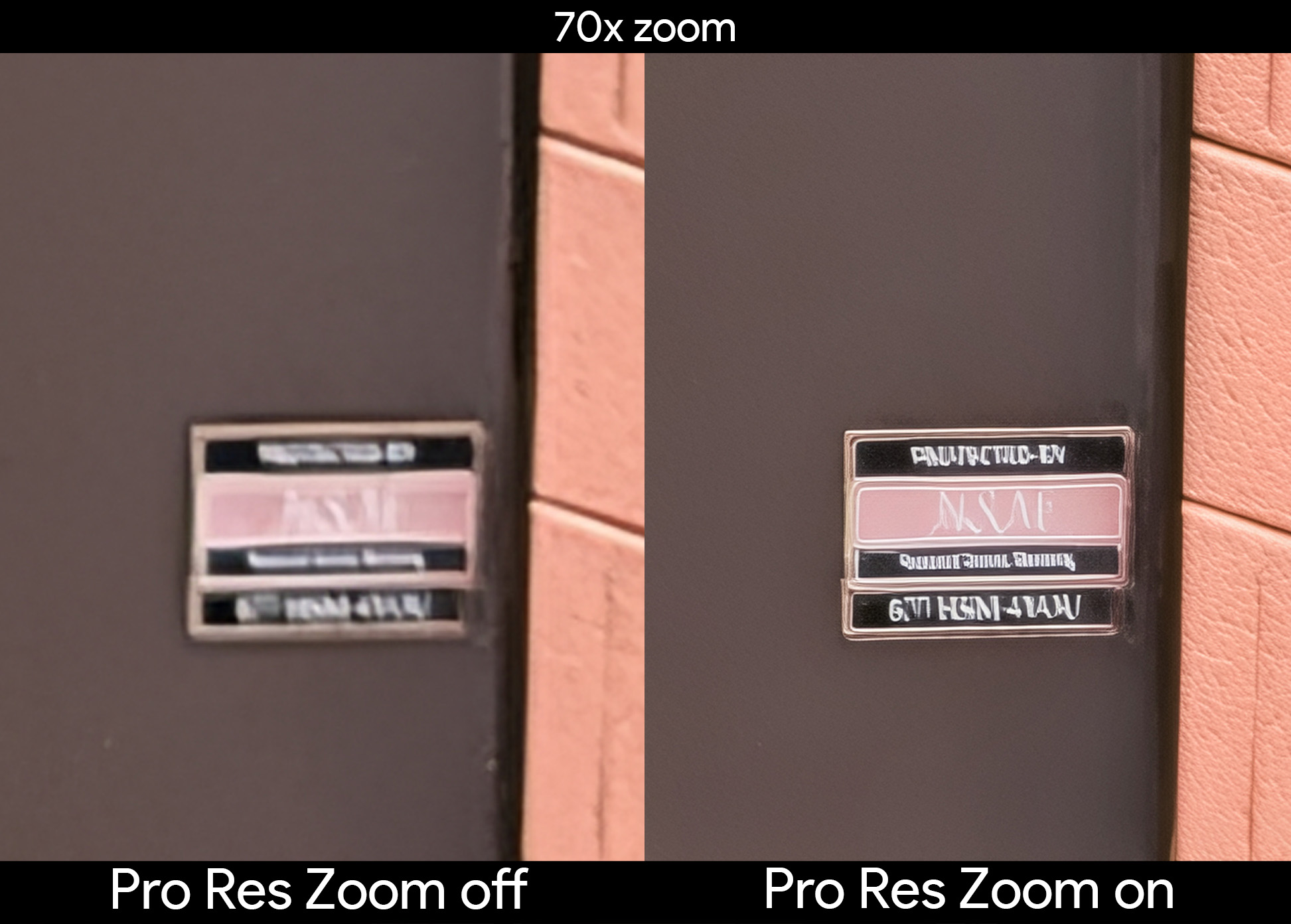
The Pixel 10 Pro and Pro XL have the exact same cameras on the back, so you can choose the size you want without sacrificing camera quality. One of the highlights of the cameras is the newfound ability to zoom up to 100x away — an upgrade from the previous maximum of 30x zoom on Pixels.
In my Pixel 10 Pro review, I point out that Pro Res Zoom, as it's called, uses AI to enhance zoomed-in images. If you don't like the AI-modified version, Google always gives you the original image without needing to select or configure anything special.
That's particularly great because, while Pro Res Zoom works marvelously well for some subjects, other things like text are mostly hallucinating AI nonsense. Check out the photos above for a few different examples of how Pro Res Zoom can enhance your photos and a few where things have gone horribly wrong.
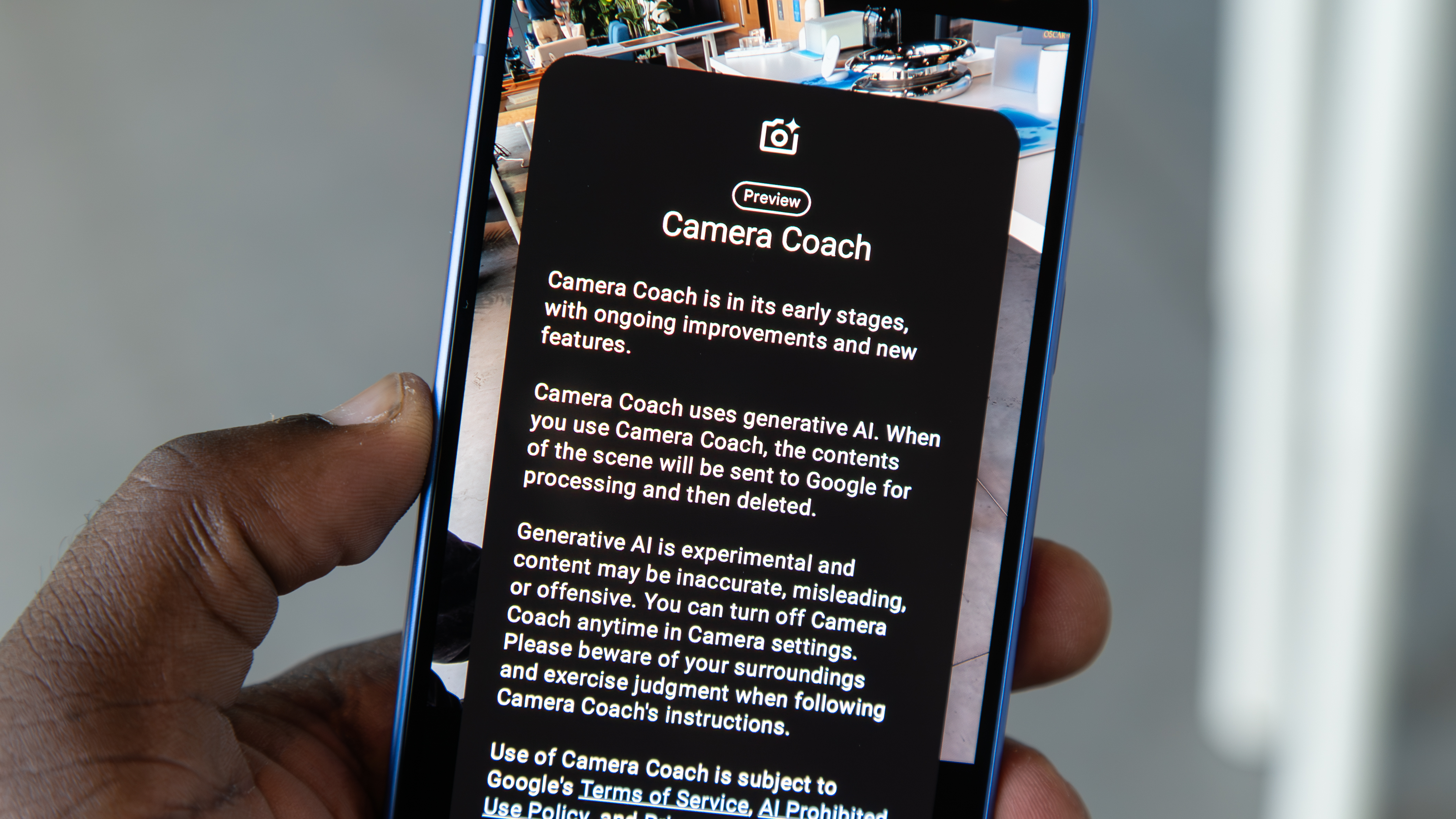
If you're set to receive a Google Pixel 10 pre-order this week, Camera Coach should be first on your list of new AI features to try. Reading the feature's description reveals that it uses "generative AI" and cloud processing, which might sound scary for photography purists. However, taking a closer look at Camera Coach reveals it's more about empowering Pixel 10 users to take better photos than using AI to make its own edits.
After sharing your camera viewfinder with Camera Coach (which is optional, by the way), it uses custom Gemini models to give you photography tips specific to your situation. Camera Coach might recommend you adjust the framing or lighting of the shot to get a better result. It might even give you setup ideas based on the scene. This is all happening with off-device AI, but it's deleted when you're done.
I'm particularly excited about Camera Coach, not because it can be used as a crutch, but because it could serve as a launchpad for people who want to learn core photography skills and don't know where to start. If that sounds like you, give it a try on the Pixel 10 series.
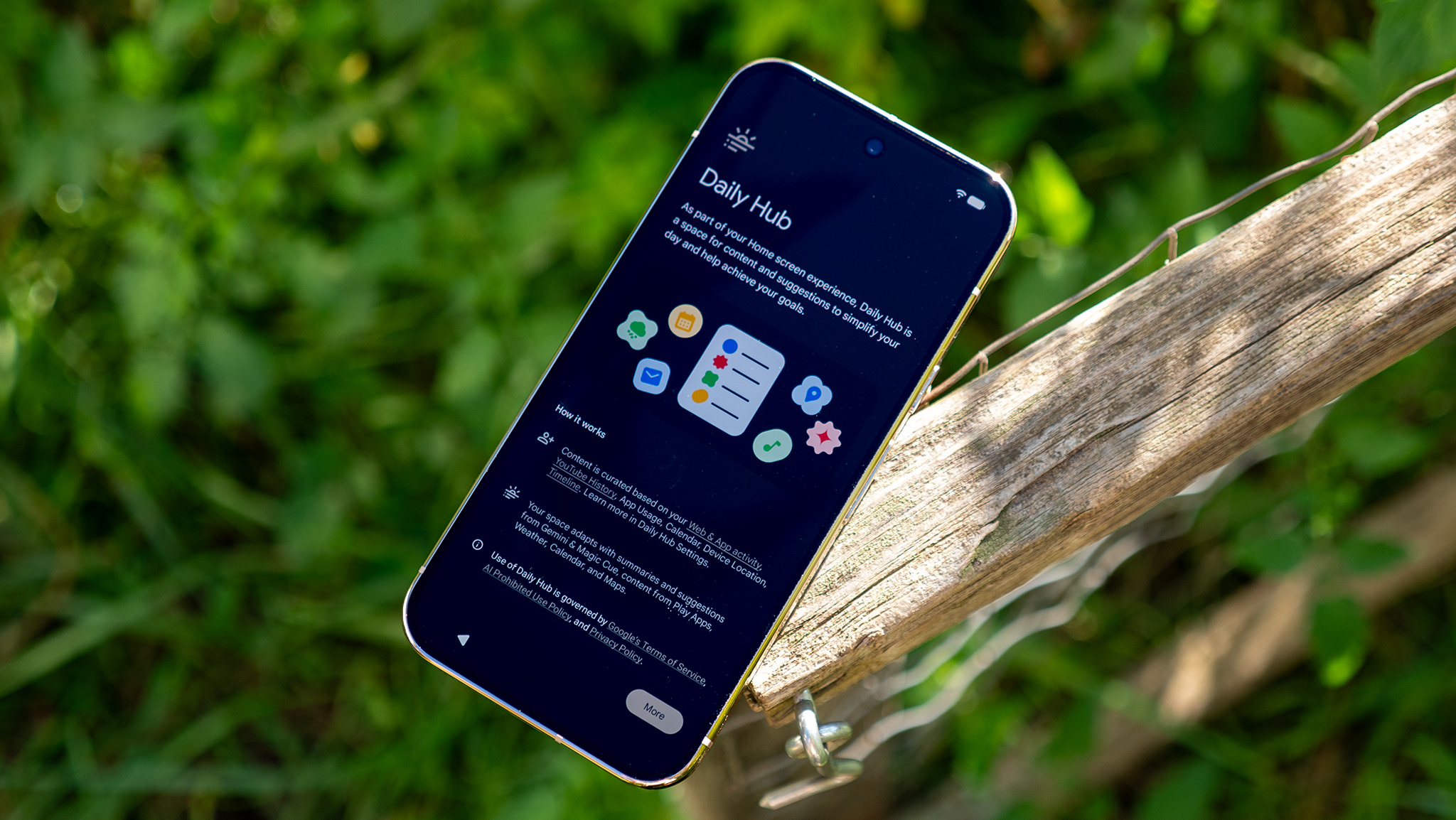
While some reviewers are excited about the Google Pixel 10 series' suite of AI features, others see them as a privacy risk. In the New York Times' review of the Google Pixel 10 Pro, writer and columnist Brian X. Chen critiques the device's positioning as an AI phone that "requires persistent access to users’ personal data, including their contacts, location, messages and email, to anticipate their needs."
Chen came away from using the Pixel 10 Pro acknowledging that AI features like Magic Cue were useful, according to the NYT review, but added that "it didn’t sit well that I had shared so much information just to save a few seconds."
It's important to note that Magic Cue, which requires access to a lot of data to predict your next move and surface information, runs using on-device processing. That should provide extra layers of security and privacy than cloud processing, which offloads your data to Google servers. Still, that might not be enough for some people, leading them to avoid enabling Magic Cue for privacy reasons.
Which camp do you fall in? Do you see Magic Cue as a helpful AI feature with privacy in mind, or a liability for your data?
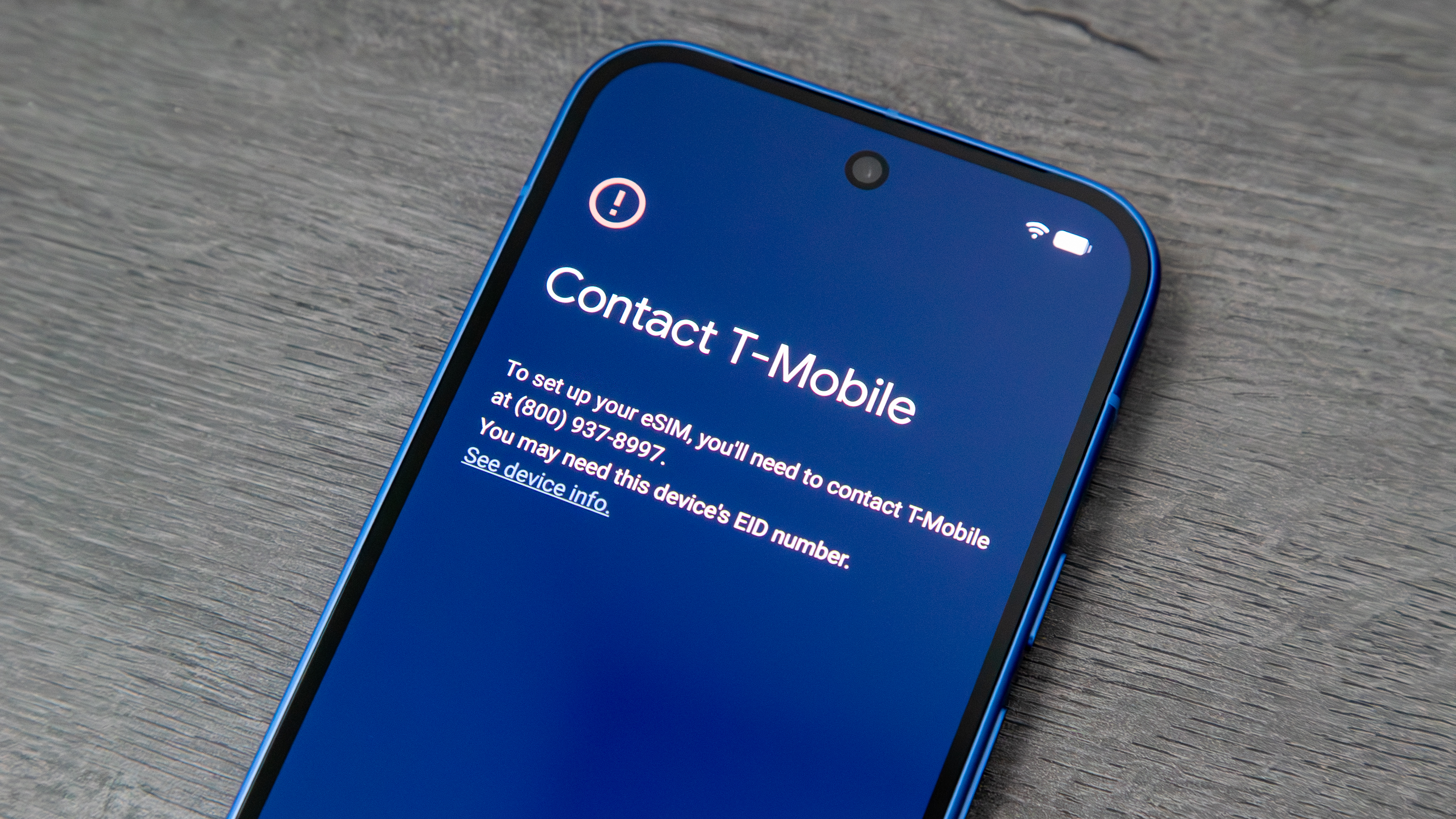
Following in Apple's footsteps, Google decided to make the Pixel 10 series eSIM-only in the U.S. this year, aside from the Pixel 10 Pro Fold — which isn't available yet but will be the only model to sport a physical SIM tray.
Is it a positive or negative change? As tech reviewers that need to constantly move SIMs around, we're a bit biased toward the simplicity of physical SIM cards. All you need is a SIM-eject tool (or a paperclip) and you can transfer a line between devices using a physical SIM. However, there are benefits to eSIM, like increased security in the event your phone is lost or stolen.
Our own Nicholas Sutrich, who reviewed the Pixel 10 Pro and Pixel 10 Pro XL, wrote "while eSIM may be fine for some people, I have no interest in switching away from a physical SIM card." Derrek Lee tested the base Pixel 10, and after an initial eSIM failure during the setup process, called the experience "streamlined." Now, it's up to you to decide whether you can live with eSIM on the Pixel 10 lineup.
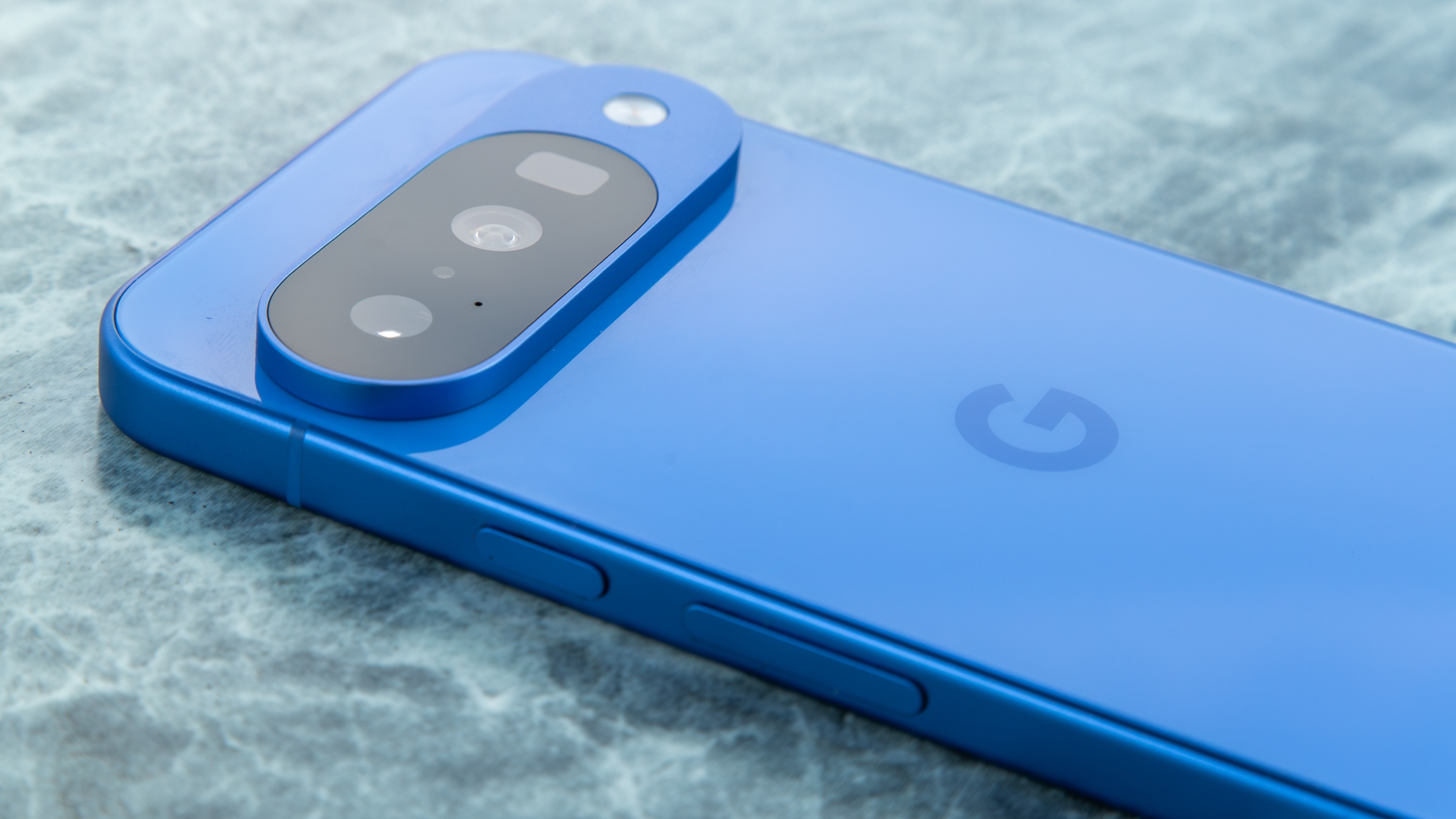
Do you really need a Google Pixel 10 series device, or would a budget phone like the Google Pixel 9a suffice? That's the question 9to5Google editor-in-chief Abner Li ponders in a Google Pixel 10 Pro initial review. Li says he's been using a Pixel 9a for four months, explaining that some flagship phone features are luxuries rather than necessities.
"In going back to a (Pixel 10) Pro this past week, the hardware upgrades are noticeable and nice, but not mandatory," Li writes. "It’s akin to buying the luxury option."
We gave the Pixel 9a 4.5/5 stars in our own review of the midrange handset, so we aren't exactly surprised. The cheapest new Pixel even has a few advantages over the Pixel 10, like a physical SIM tray, long battery life, and no bulky camera bar. Could you give up a flagship Pixel for a budget model this year?
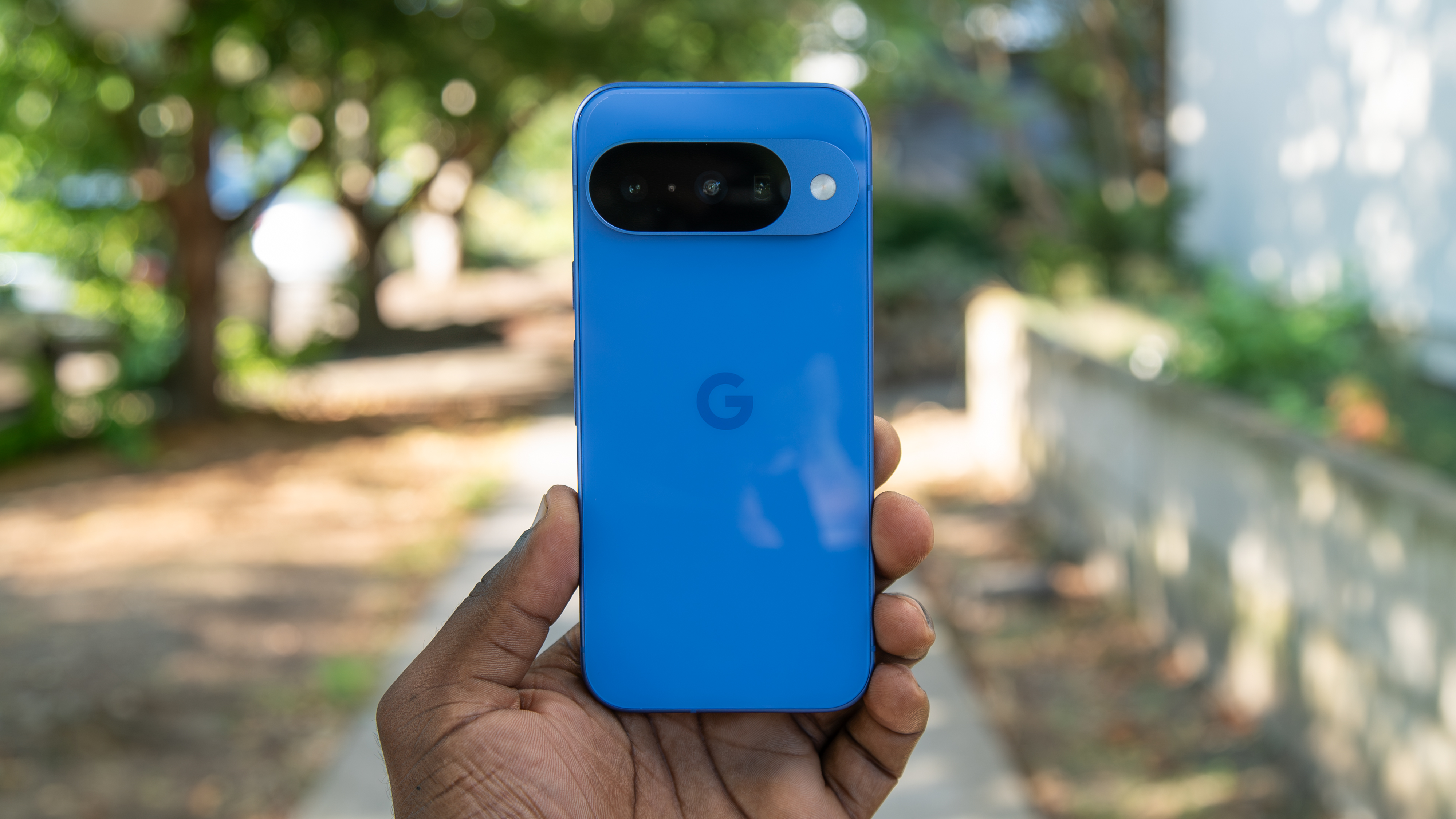
There's a lot of talk about the Google Pixel 10's rear camera setup, with some calling it a downgrade from the Pixel 9. Let's clear the air — while the Pixel 10's main sensor does have fewer megapixels than the Pixel 9's primary shooter, this change was made to fit a third telephoto camera on the back. Megapixels aren't everything when it comes to smartphone photography, so the shift from a 50MP to a 48MP main lens shouldn't concern you.
In fact, as we've already covered, the addition of a 5x zoom lens on the base-model Pixel 10 is actually an upgrade that brings the phone in line with competitors like the Samsung Galaxy S25.
When Google made a similar main camera shift on the Pixel 9a earlier this year, we found that the change actually resulted in better color accuracy and produced ideal results. The same seems to be true of the Pixel 10 with its new camera system, as our reviewer Derrek Lee calls the colors "pretty true to life." Additionally, the Pixel 10 series has the Tensor G5 chip with an all-new image-signal processor (ISP), further improving camera performance.
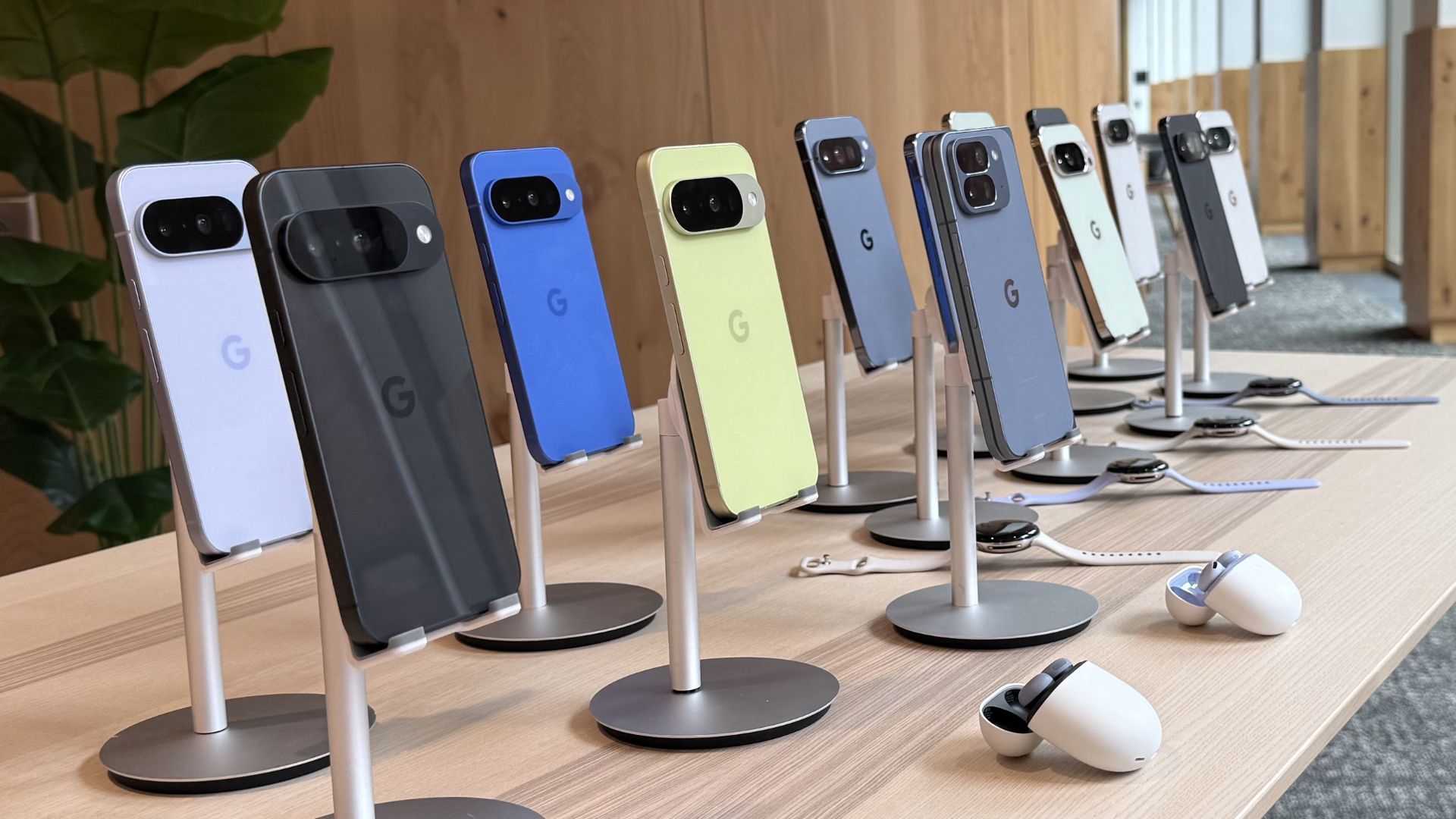
This year, there are more similarities between the three Google Pixel 10 models than ever. Notably, they're all powered by the Tensor G5 mobile platform and feature three rear cameras. To the untrained eye, it might be difficult to notice that there are just as many differences between the three models, and you won't want to pick the wrong one.
For starters, the base-model Pixel 10 only gets Wi-Fi 6E support, rather than Wi-Fi 7 on the Pro models and even the older Pixel 9. That might not be a problem today, but it could loom large a few years from now as people move to more advanced networking hardware. Additionally, the 128GB version of the Pixel 10 uses UFS 3.1 for storage as opposed to the newer UFS 4.0 on the 256GB variant.
To top it off, the Pixel 10 Pro XL is the only model to get Qi2.2 support for 25W fast wireless charging support. The other models are limited to Qi2 15W, which is good but not great.
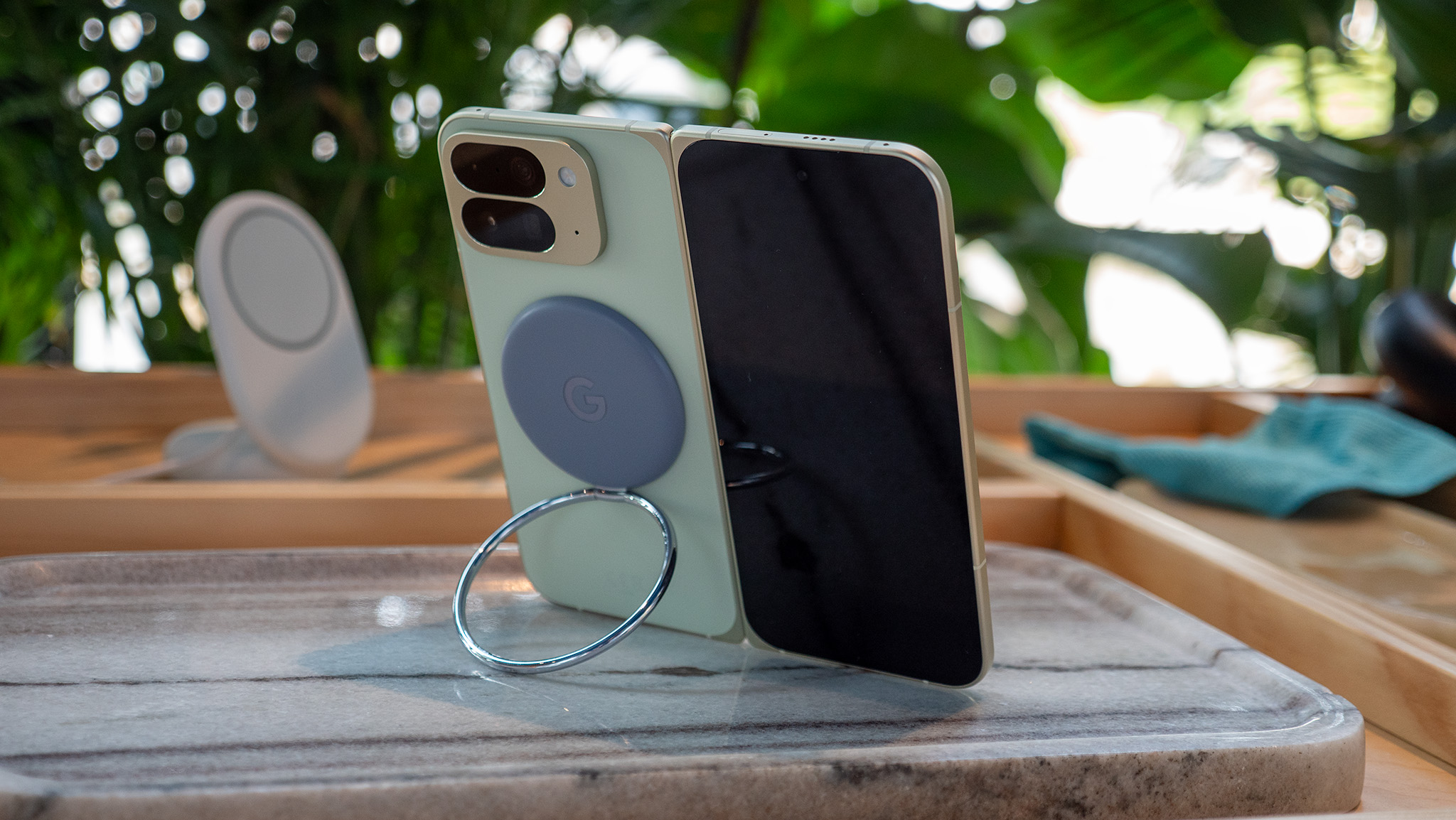
I (Brady Snyder, AC Contributor) just invested in the Samsung ecosystem, purchasing a Samsung Galaxy S25 Edge and Galaxy Watch 8, so I won't be getting a Google Pixel 10. That said, I'm extremely jealous of Pixelsnap, otherwise known as Qi2 or MagSafe, which allows Pixel 10 phones to magnetically connect with chargers and accessories without a case.
Google has some really cool Pixelsnap accessories to go along with the Pixel 10 series like the Pixelsnap Ring Stand. It actually looks quite similar to Google's official Pixel Tablet case, which is really an excellent show of consistency across the brand's accessory ecosystem.

I just can't help but wish Google offered more color-matched accessories for the Pixel 10 series. I get it — Pixelsnap might be a low-volume category for a bit and there are a lot of Pixel 10 colorways to support. Even still, putting a Moonstone Pixelsnap Ring Stand on a Jade phone simply feels wrong.
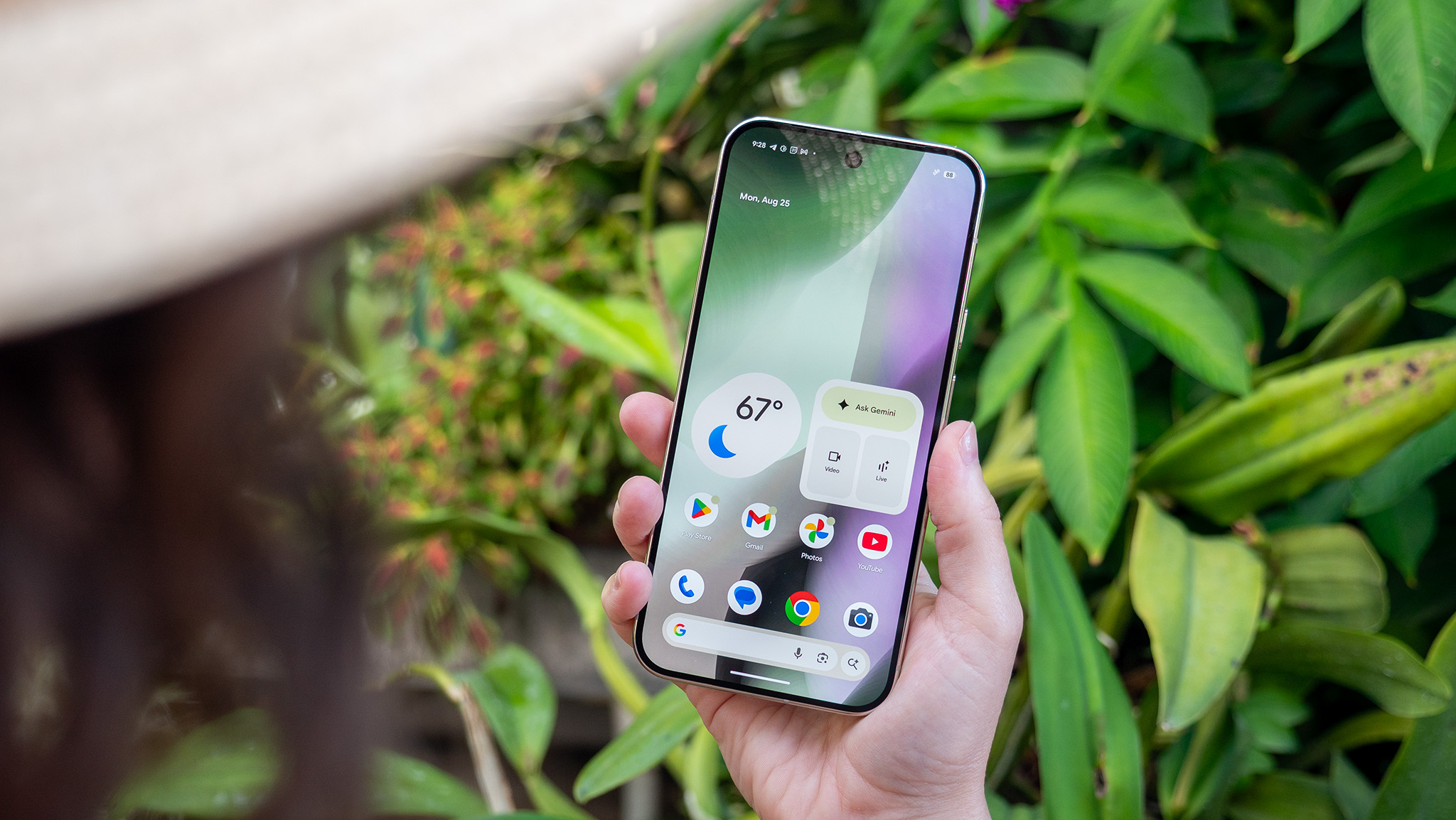
One of the highlights of the Google Pixel 10 series is running Android 16 out of the box, plus getting seven more years of Android OS upgrades down the line. Material 3 Expressive is a fun, colorful user-interface exclusive to Pixels you get to use on the Pixel 10 as well. However, you don't need to upgrade to get the latest software experience.
As Android Police's Andy Boxall writes, the experience of using Material 3 Expressive and Android 16 on the Pixel 10 series isn't that different from the Pixel 9.
"Android 16 on the Pixel 10 Pro XL is superbly judged, smooth, fast, and easy to learn and understand," Boxall explains. "Once I started using Material 3 Expressive and Android 16, I really didn't want to swap to another version of Android."
It's great that Google made an excellent Pixel UI update and brought it to existing Pixel phones, rather than changing things on the new models just for the sake of it.
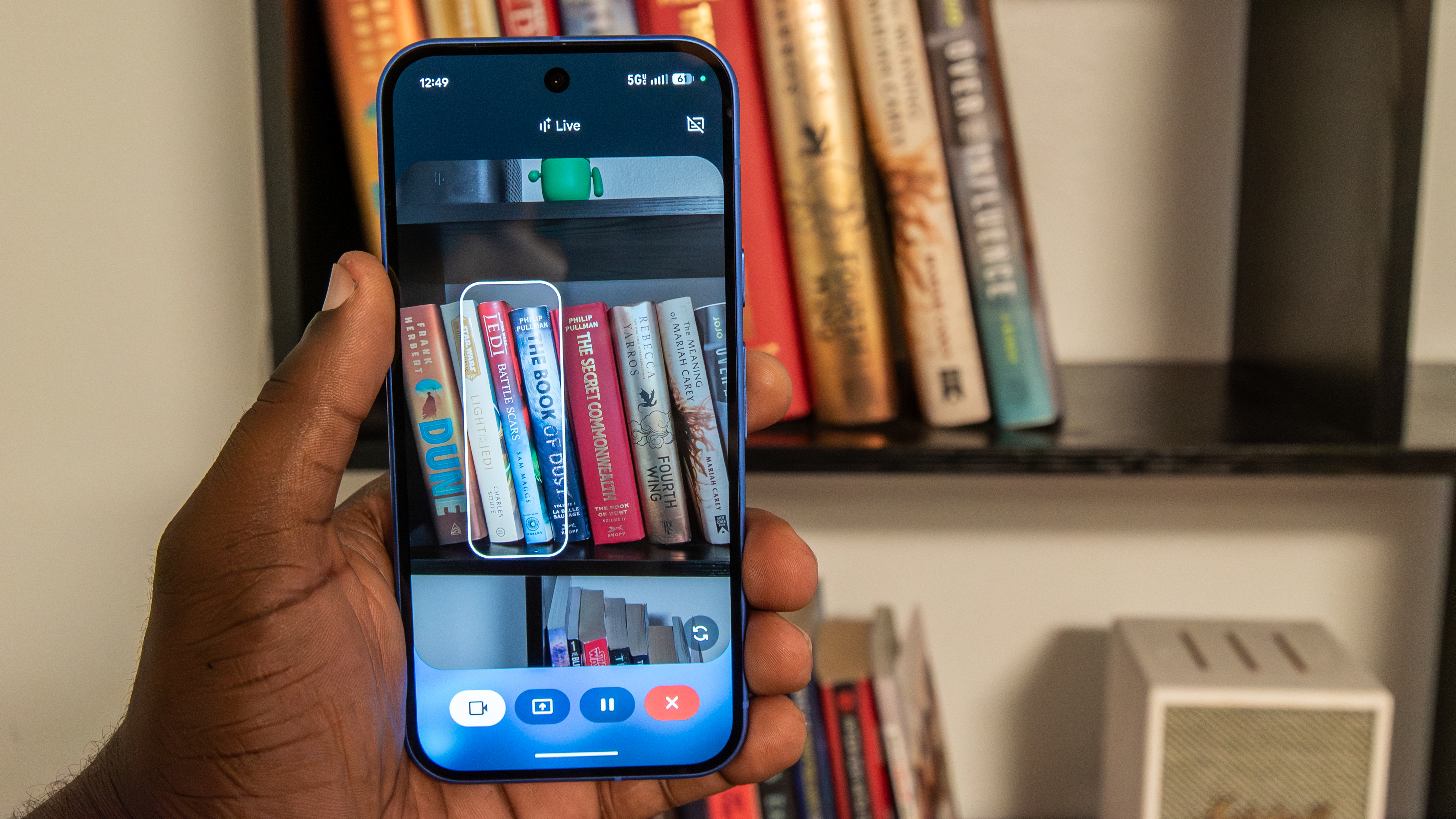
Gemini Live is one of my favorite features, and I love to show off how I can point the camera at something and have Gemini tell me and my friends about it. Now, Gemini can even highlight what it's talking about, which can help in a pinch if you're trying to locate something.
This is one of the 10 Pixel 10 Pro features highlighted by Android Authority's Rita El Khoury, who noted that Gemini Live was able to assist with gardening (similar to Brady Snyder's experience). "I keep finding ways for Gemini Live to help me in my everyday life, and I expect this will soon be another handy addition."
I (Derrek Lee, AC managing editor) couldn't agree more, as I feel like Gemini is becoming much more useful than I thought it would. With my Pixel 10, I asked it to find a book from my bookshelf that it thinks my friend, who is a Star Wars fan, would enjoy reading. It recommended my copy of "Jedi: Battle Scars," telling me where it was on my bookshelf and also visually highlighting it for me. It also said that it would be an excellent recommendation, noting that the book is "part of the new Star Wars canon."
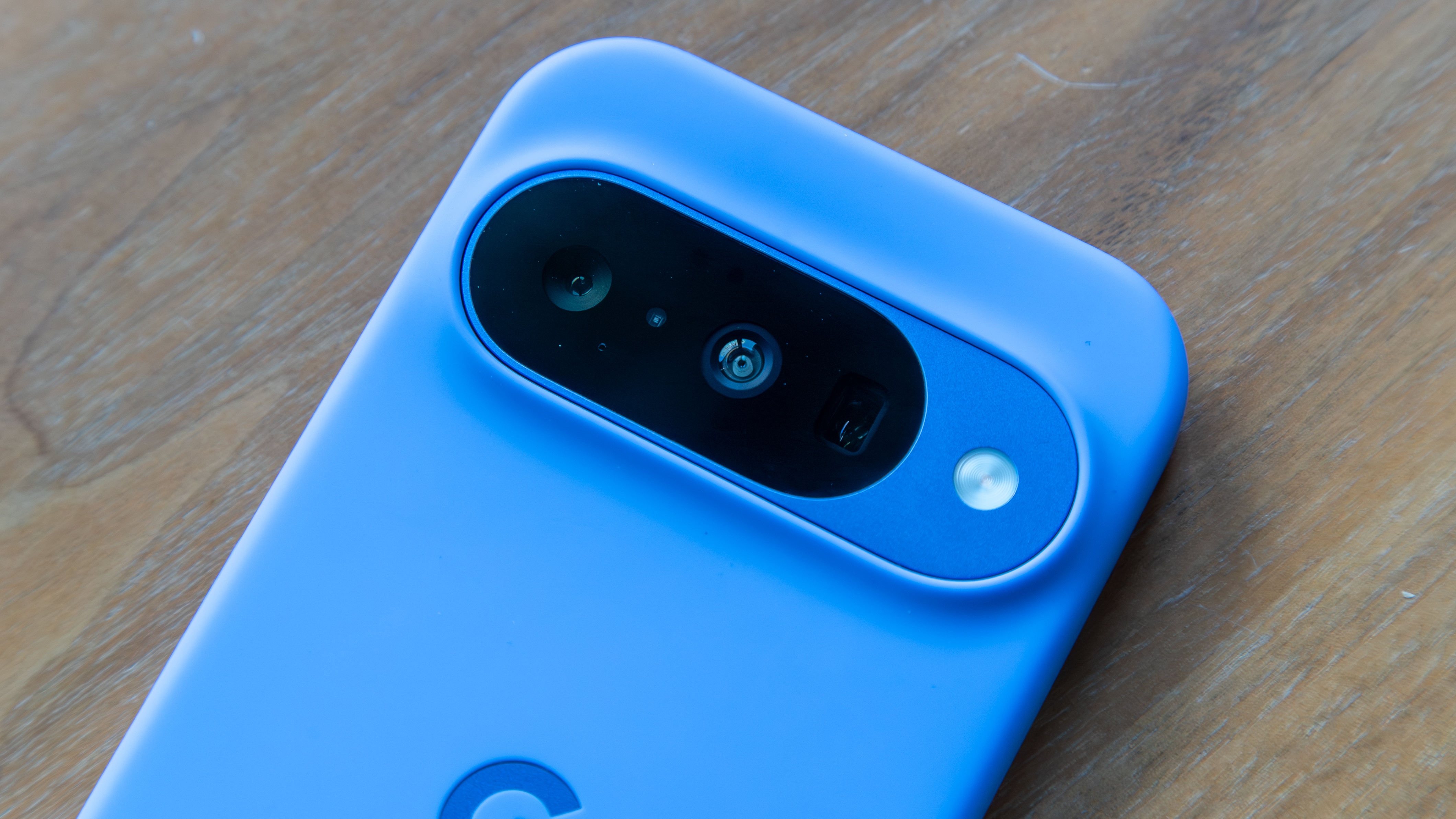
We love that the Pixel 10 doesn't need a case to use MagSafe and magnetic accessories. However, that doesn't mean you don't need one at all. If you're planning to purchase a Pixel 10, you should also make sure that part of your budget is going to protection. Fortunately, you don't have to look very far; we have a few collections available where you can find some stylish cases for your phone:
And while you're at it, grab a screen protector. The display is, after all, the main way that we interact with our phones, and it would be unfortunate if something were to happen to it (although Pixel Care Plus is also an option):
- Best Google Pixel 10 screen protectors
- Best Google Pixel 10 Pro screen protectors
- Best Google Pixel 10 Pro XL screen protectors
Keep in mind that if you're upgrading from last year's model, your Pixel 9 case won't exactly fit on the new Pixel 10, even though their dimensions are very similar. Sorry to be the bearer of bad news!

There are plenty of new AI features on the Pixel 10, but one I didn't expect to like as much as I do is the Pixel Journal. It's a simple app that lets you add text, photos, locations, and even fitness data to an entry, which it can suggest using AI. Then, when you're done writing an entry, you'll get an AI-generated "Reflection" as a sort of summary of your entry.
Julian Chokkattu over at Wired highlights Pixel Journal in his Pixel 10 review, saying that it's "easy to use, but adding that the AI element "feels a bit unnecessary—again, generative AI overload."
I get what he's saying; not everything needs AI. But I actually like the AI aspect of Pixel Journal. As someone who hasn't really journaled since middle school, I appreciate that the app can help me reflect on my thoughts and experiences. I do a bit of reflection as I'm putting an entry together, but I find that the AI helps me think more deeply about what I'm saying.
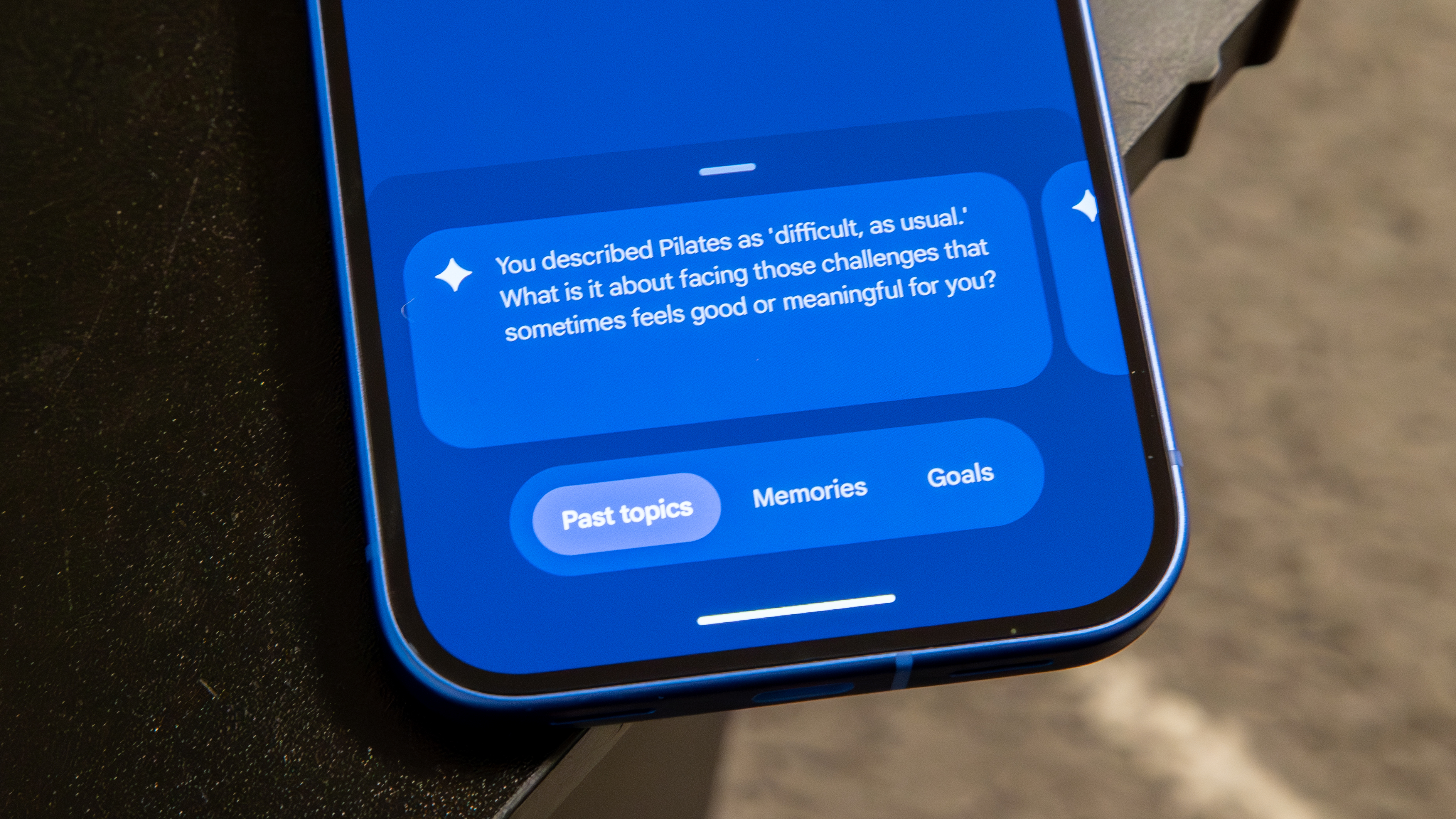
Additionally, it can utilize past journal entries as starting points for topics when preparing to write a new entry, prompting you to revisit past experiences and reflect on how your thoughts may have evolved.
Maybe AI does belong in journaling 🤔
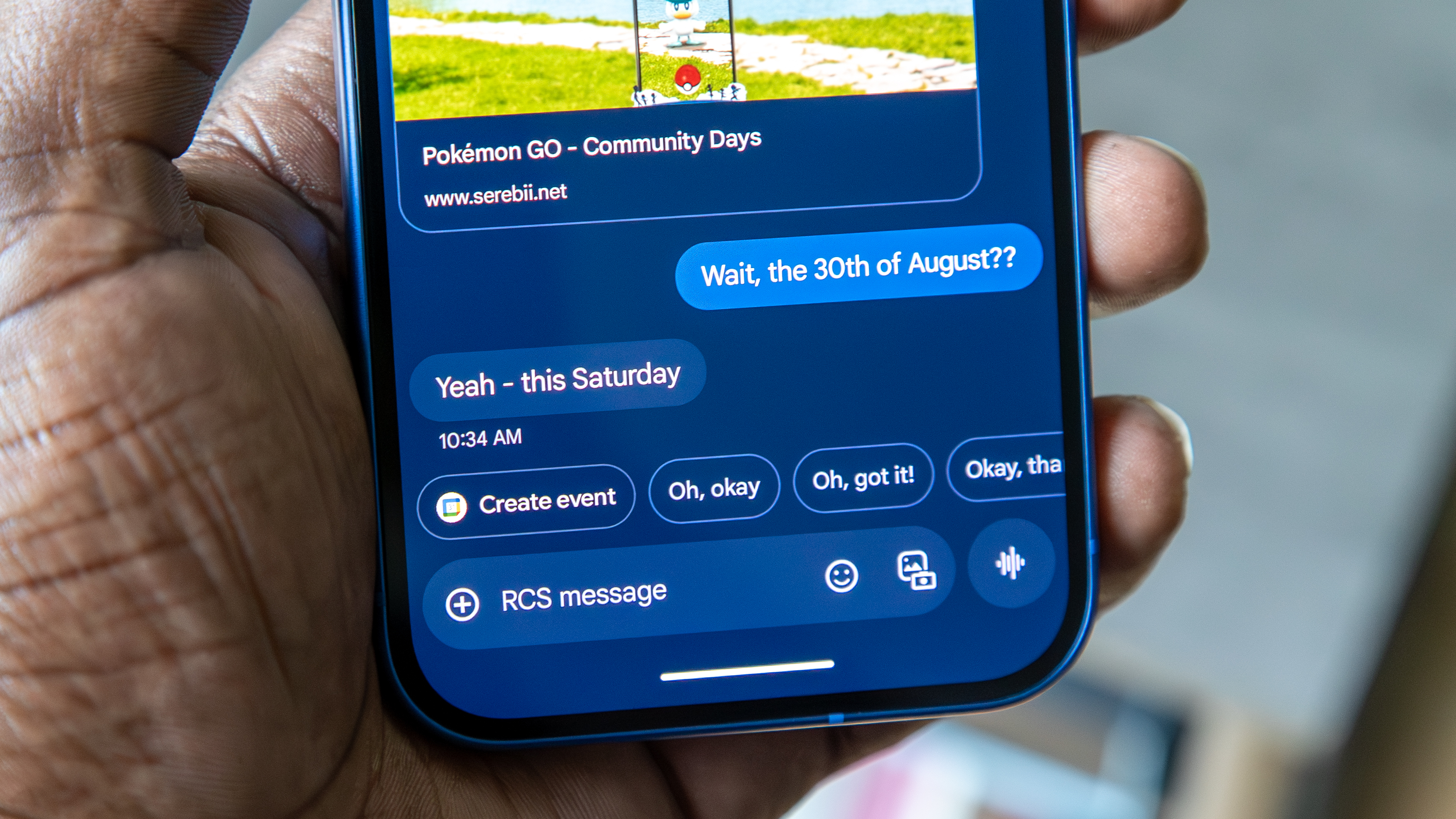
I really want to love Magic Cue, but at the moment, I just like it. As previously mentioned, we encountered some issues getting the feature to run on our Pixel 10 and Pixel 10 Pro units, but once it did, we were fairly impressed. It just isn't very consistent, and our experiences were mostly limited to Google Messages pulling up Calendar or Contact details or prompting us to create an event.
Ivan Mehta at TechCrunch had a slightly better experience than we did, as he notes in his Pixel 10 Pro review that Magic Cue had suggested YouTube videos for him based on his past searches and even recommended coffee shops in Google Maps.
I've had no such luck, and Mehta even notes that Magic Cue doesn't always queue up when it should, saying that when he received a message asking if he had ordered cat food, "Magic Cue missed the opportunity to add context from Gmail based on a delivery confirmation email."
Like me, he says it will be interesting to see where this feature goes and how much context it can gain from apps to be truly helpful. "That promise sounds a lot like what Apple’s 2024 preview of an AI-enabled Siri was supposed to do, and that hasn’t gone so well — Siri’s update is delayed until at least 2026."
I wouldn't go so far as to compare it to Apple's delayed attempts at an AI overhaul. At least we have something here and now, and it still has a lot of potential as a proactive on-device AI feature.
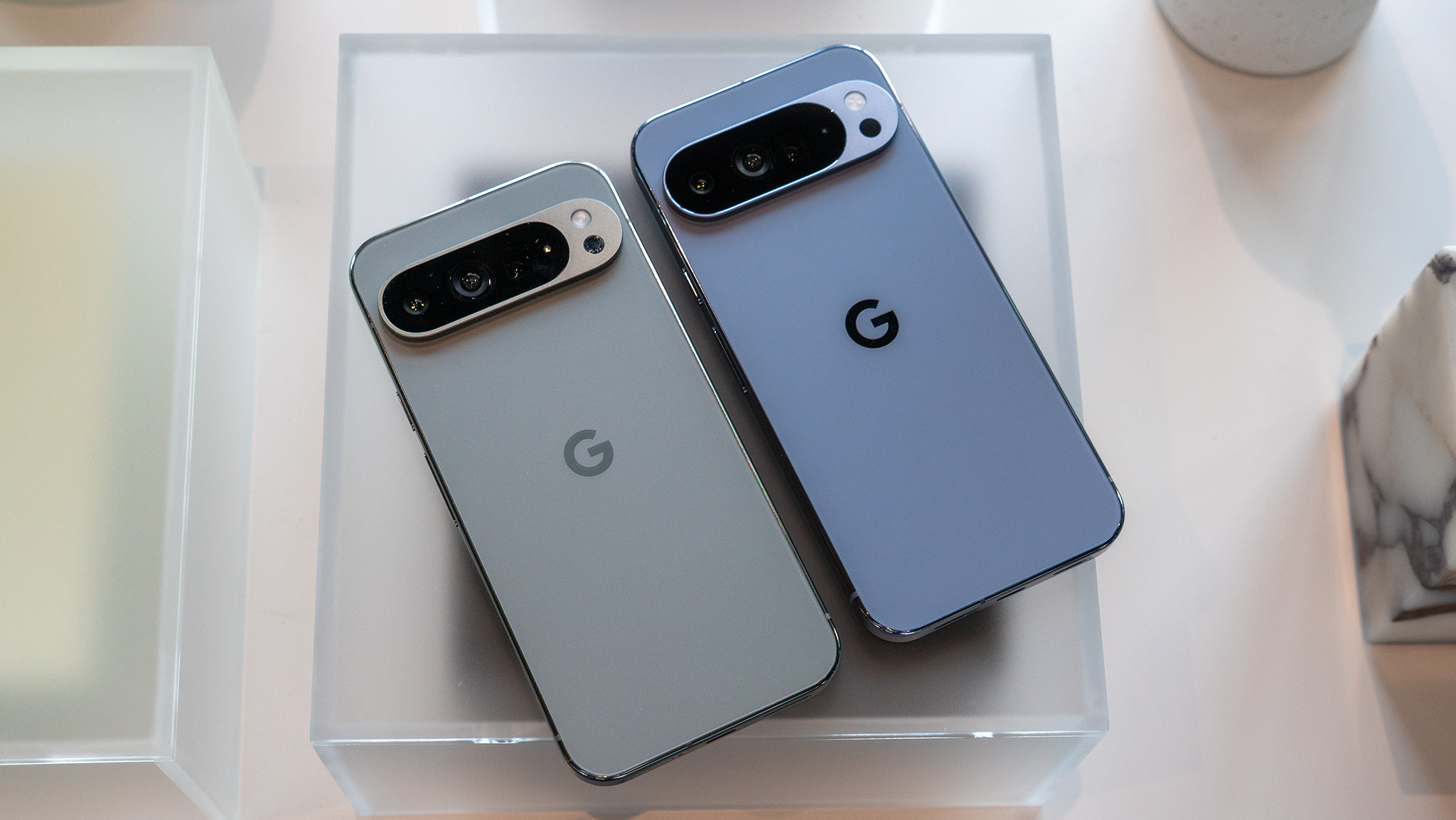
If you wanna know how the Pixel 10 and Pixel 10 Pro compare to last year's phones, or even the Pixel 8 series, look no further. We have a number of versus articles that lay out the surface-level details between the phones to help you decide if you want a Pixel 9 or Pixel 10.
- Google Pixel 10 vs. Pixel 9
- Google Pixel 10 vs. Pixel 8
- Google Pixel 10 Pro vs. Pixel 9 Pro
- Google Pixel 10 Pro XL vs. Pixel 9 Pro XL
- Google Pixel 10 Pro XL vs. Pixel 8 Pro
For more comparisons between the Pixel 10 series and other phones, such as the Galaxy S25 series, be sure to visit our Ultimate Pixel 10 guide, where you can find tons of info on Google's new flagships and more.
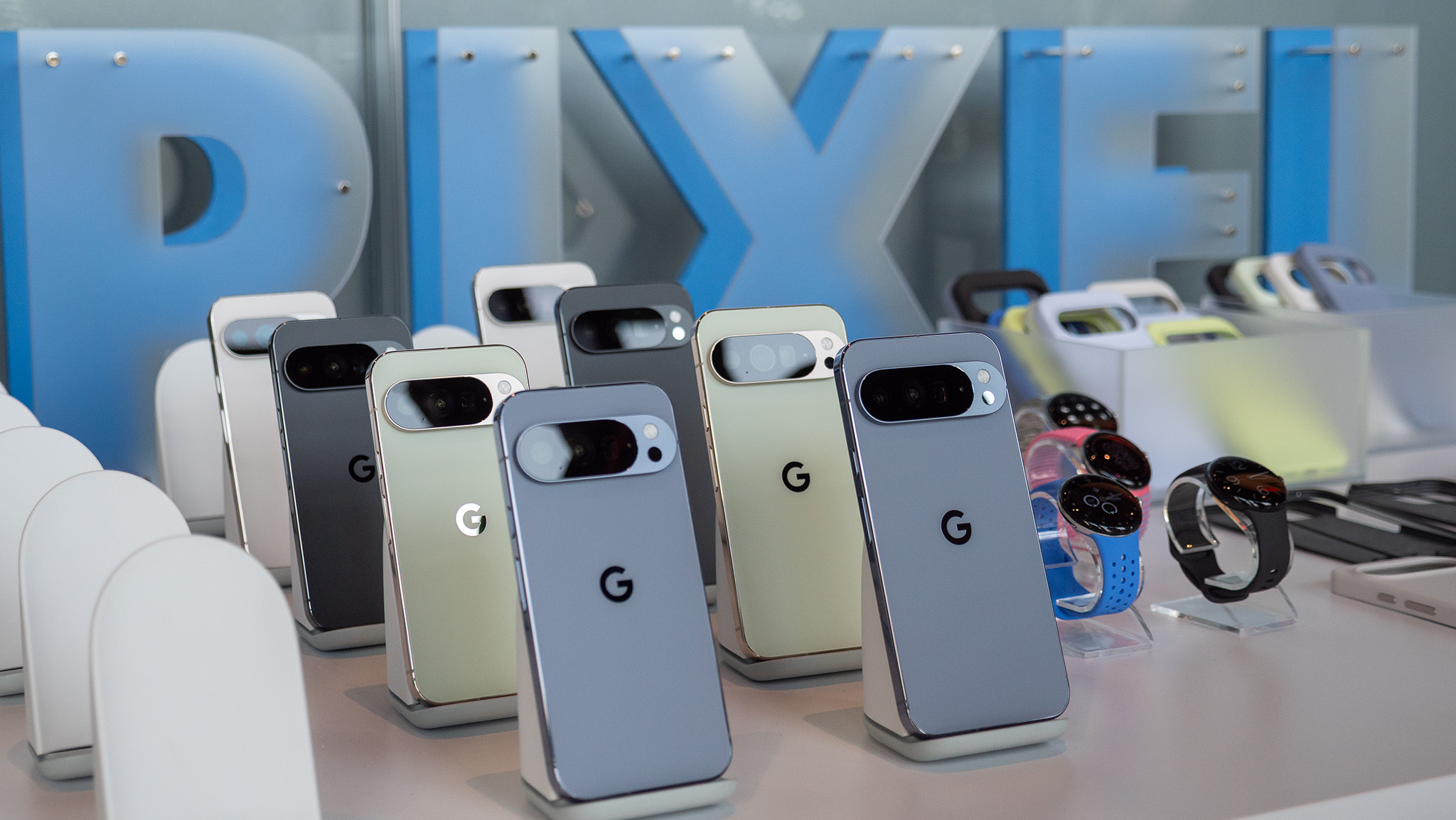
Google's latest phones hit stores on Thursday, August 28. There are already plenty of Pixel 10 preorder deals available from carriers and retailers, so be sure to take advantage of them, as they won't last forever.
We understand if you're still on the fence about whether you should buy a Pixel 10, and we want to help you make the right decision to decide if the Pixel 10 is right for you, which Pixel 10 model you should buy, or which color you should pick.
There's certainly a lot to consider!
You must confirm your public display name before commenting
Please logout and then login again, you will then be prompted to enter your display name.

